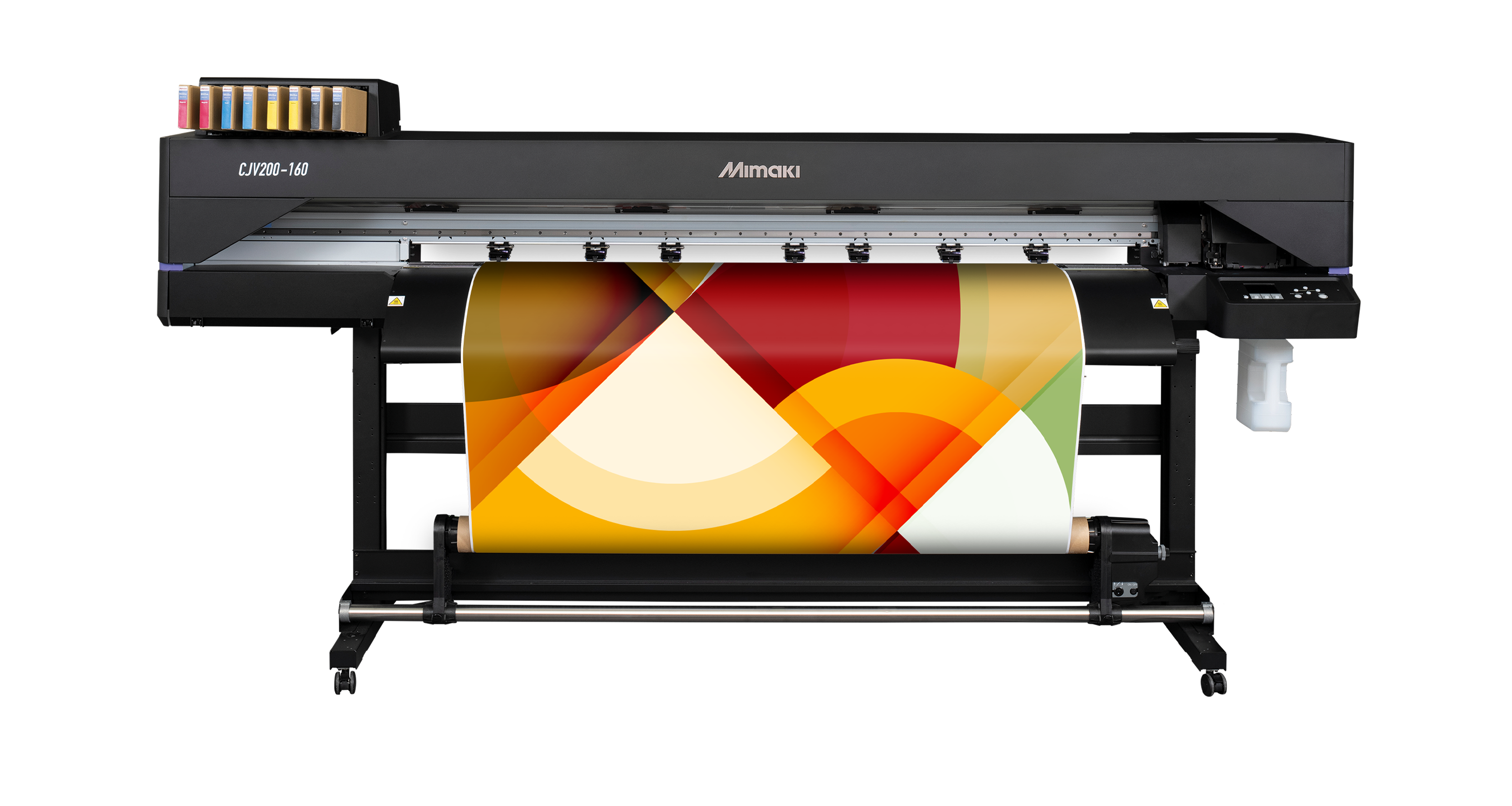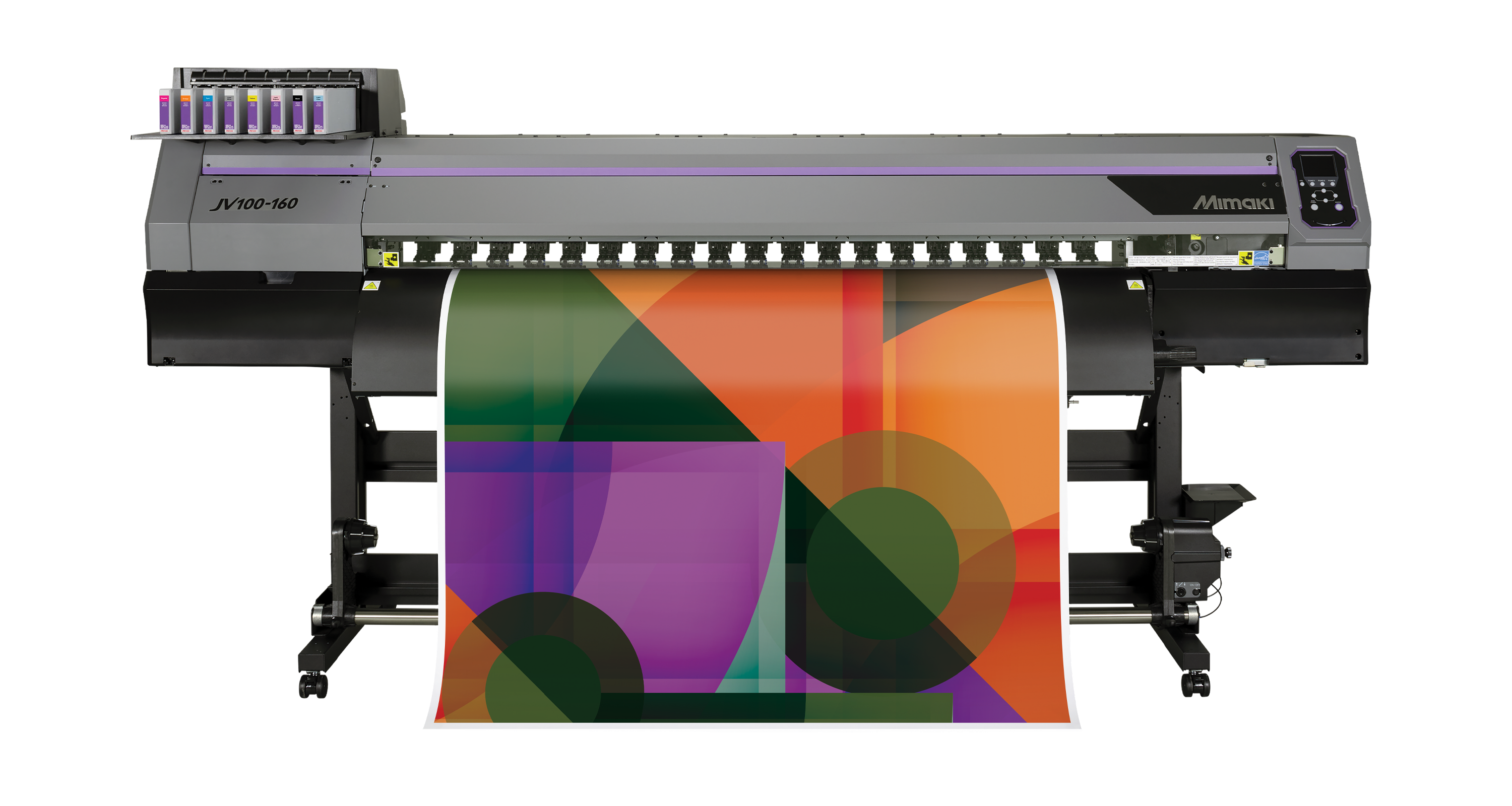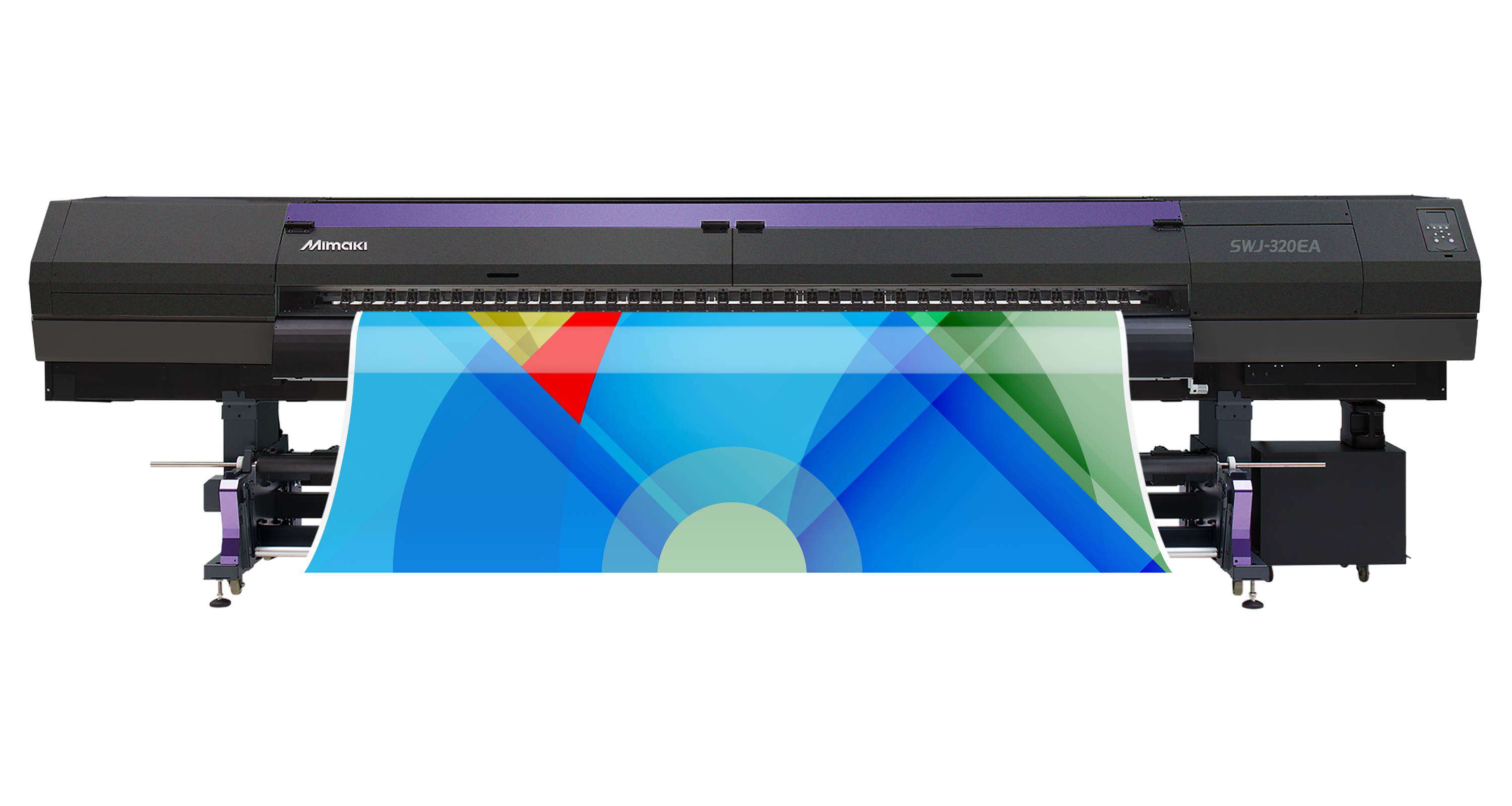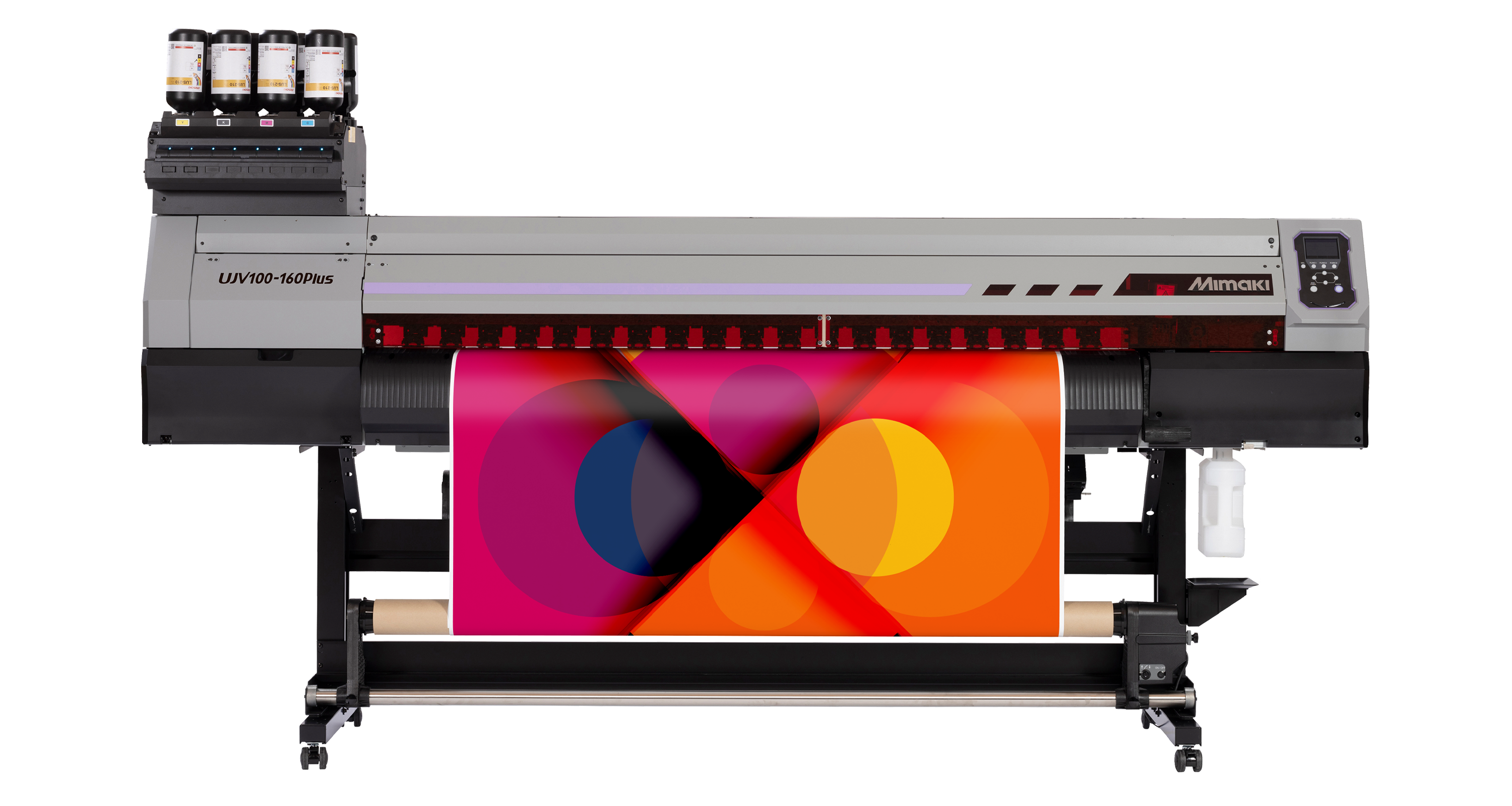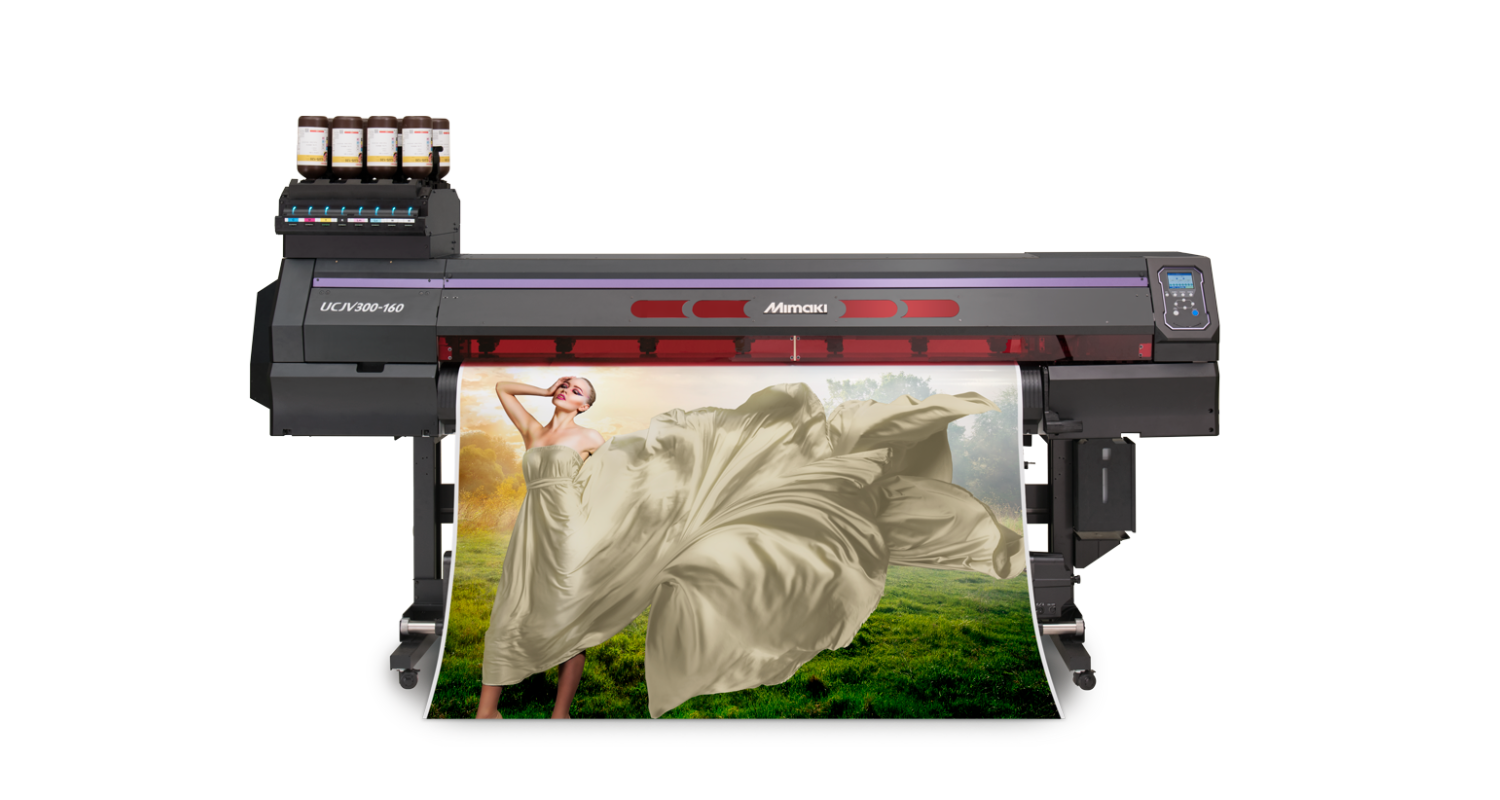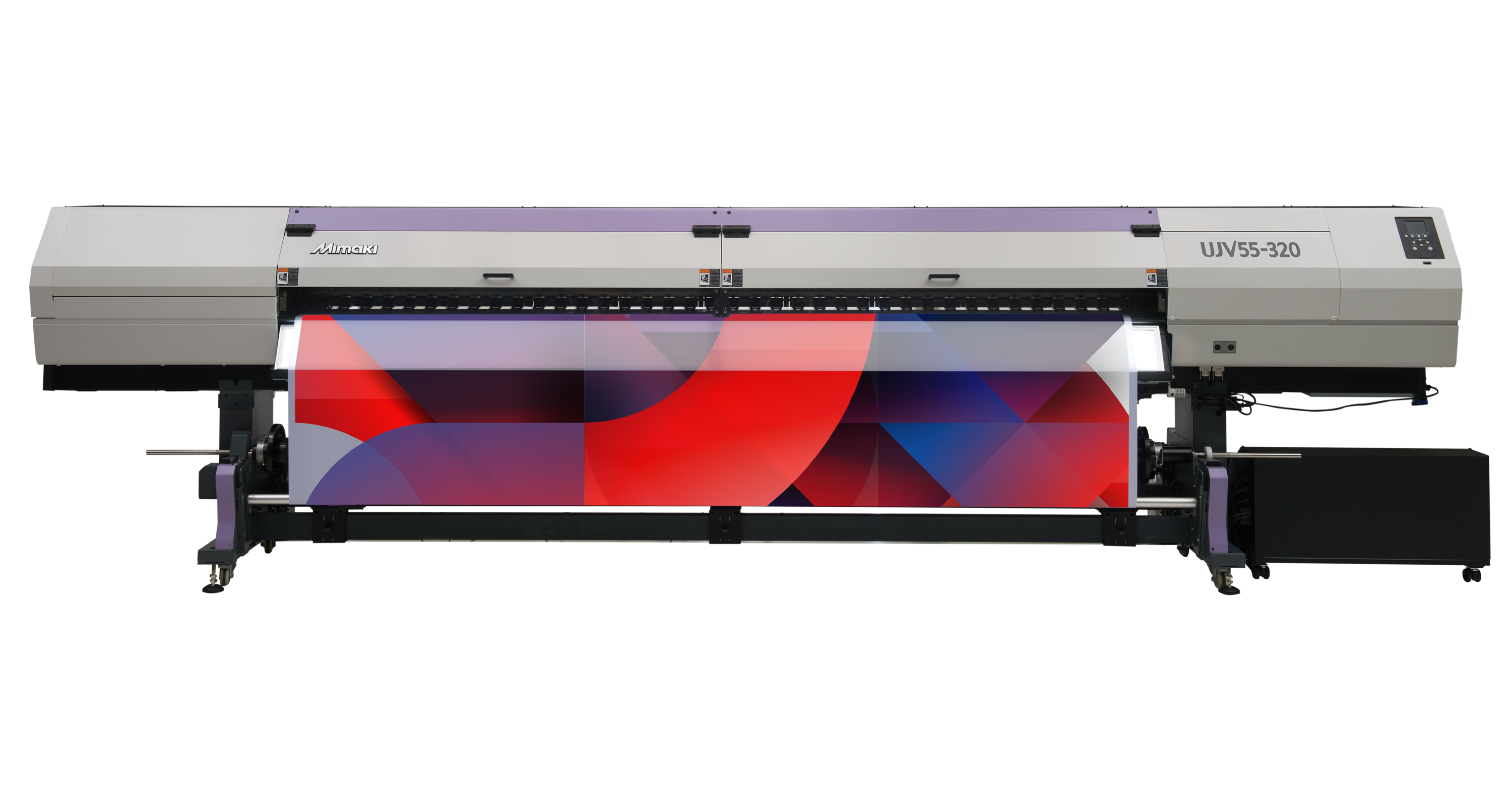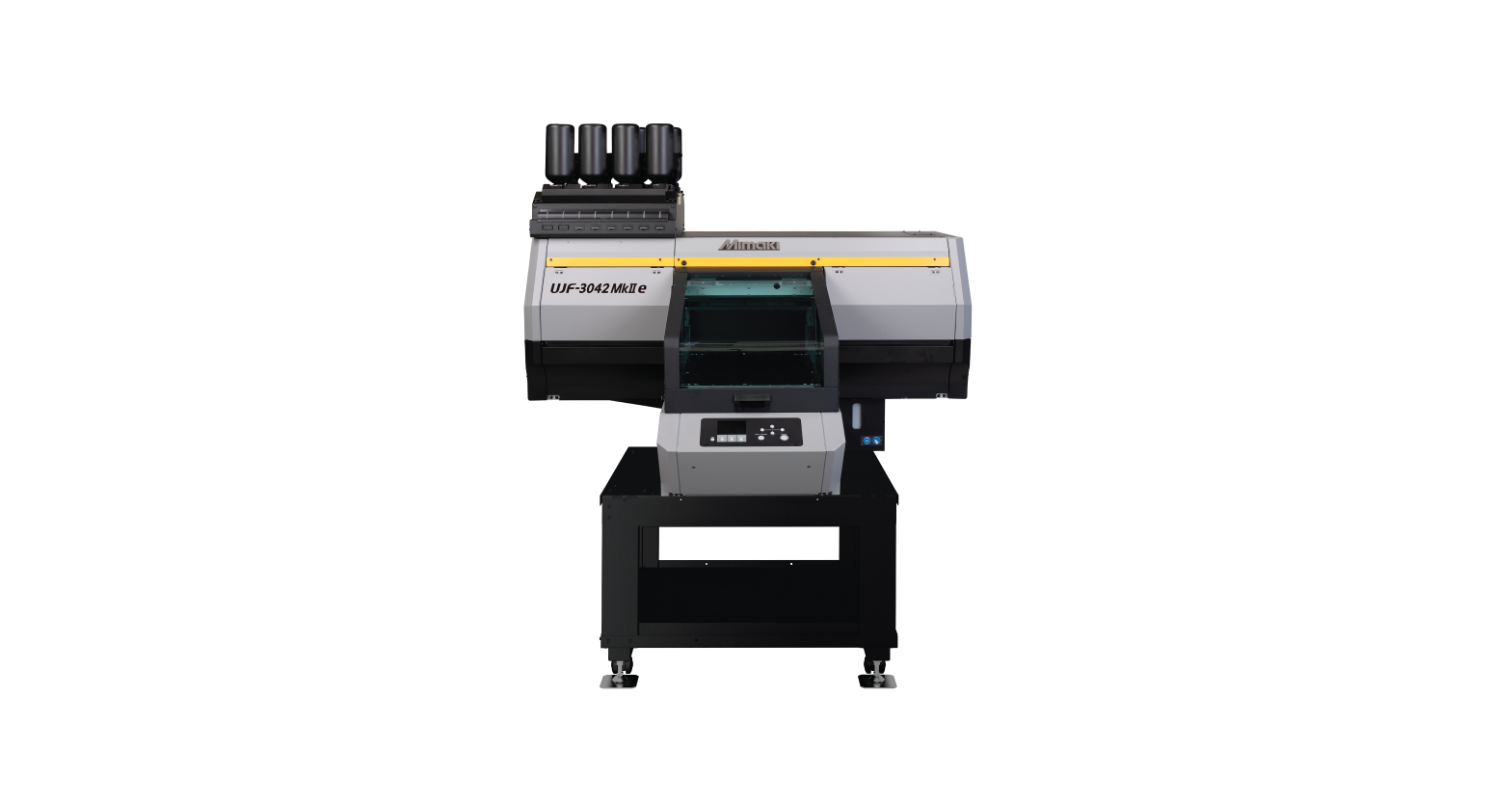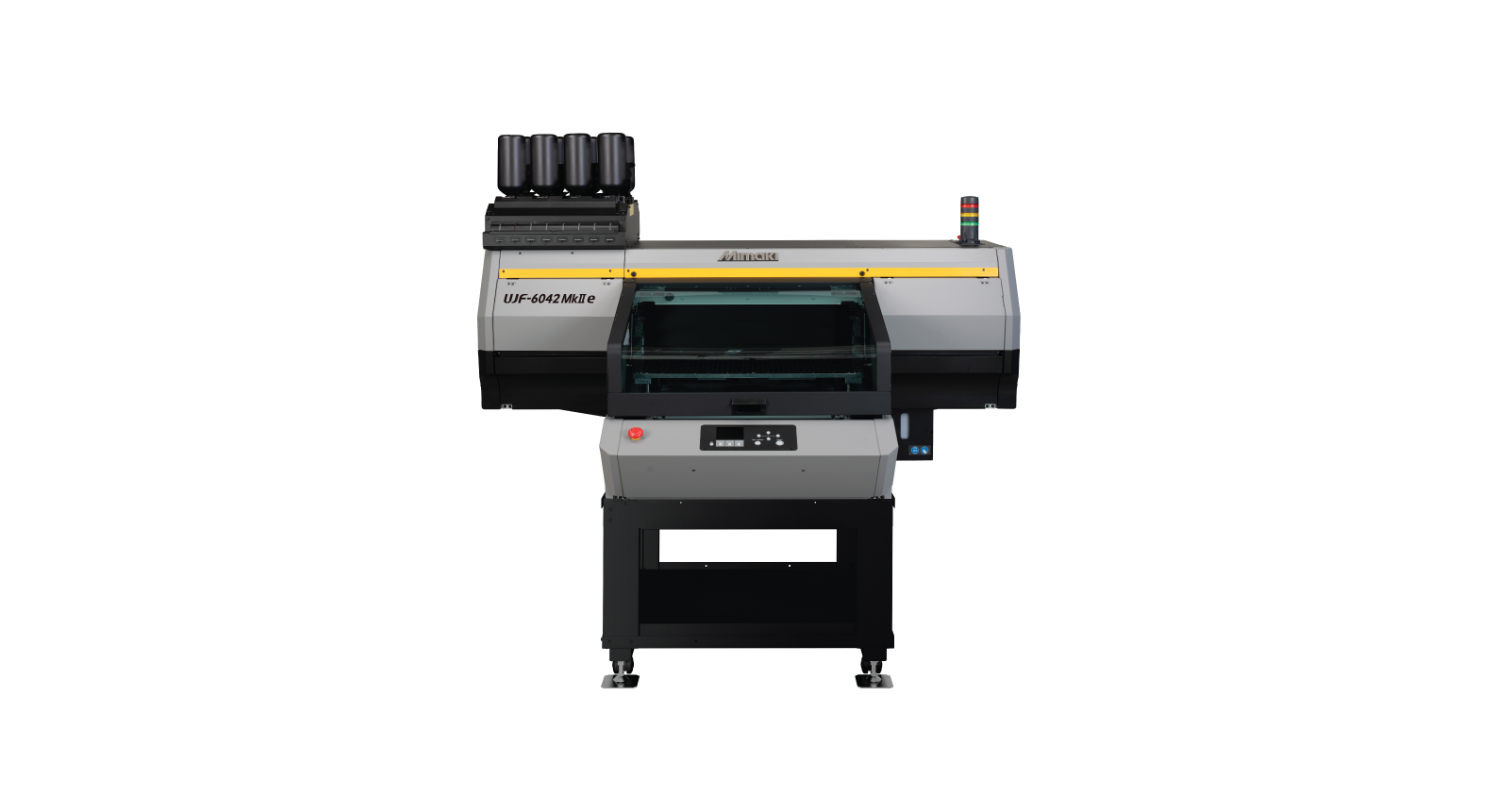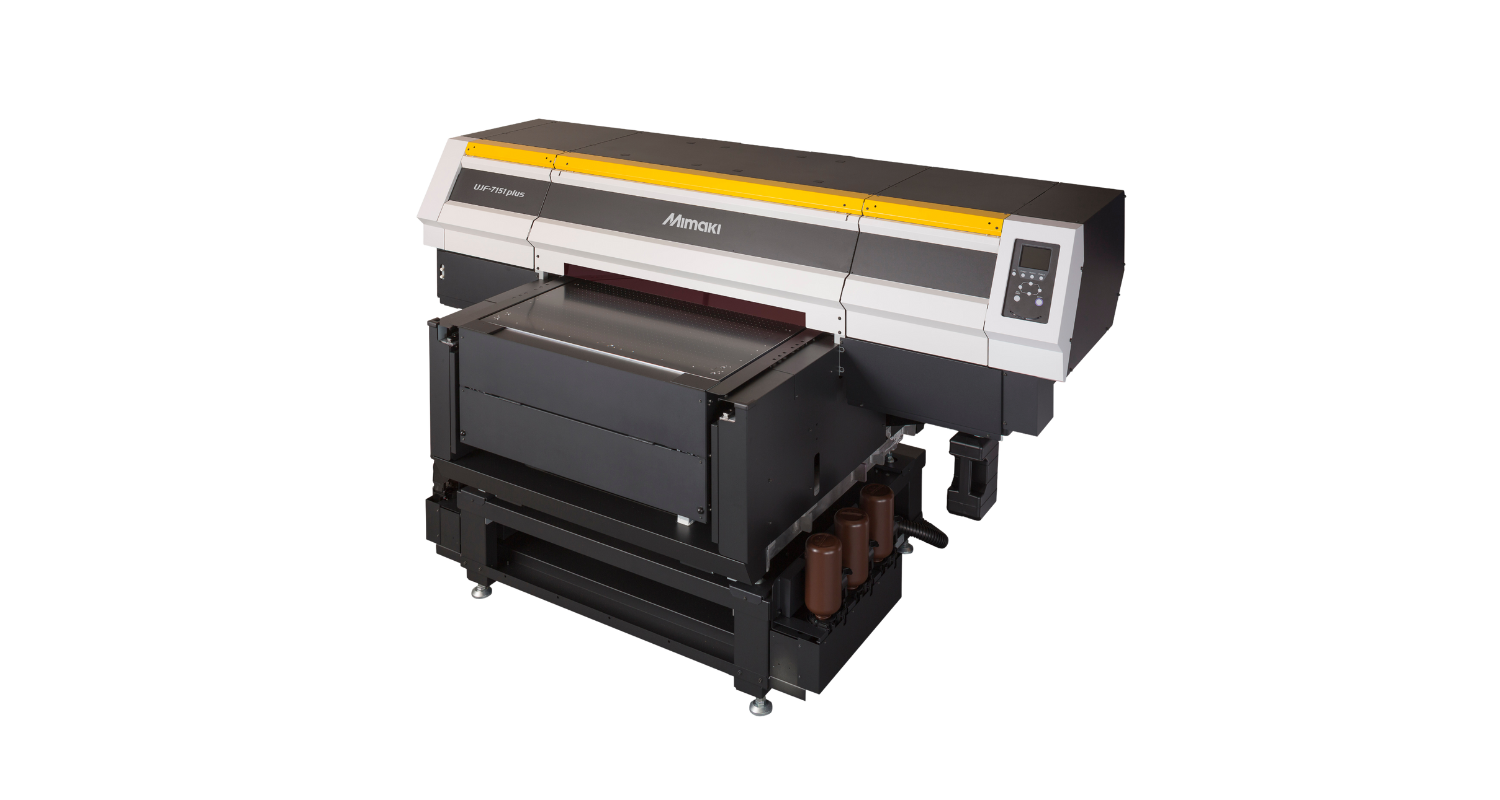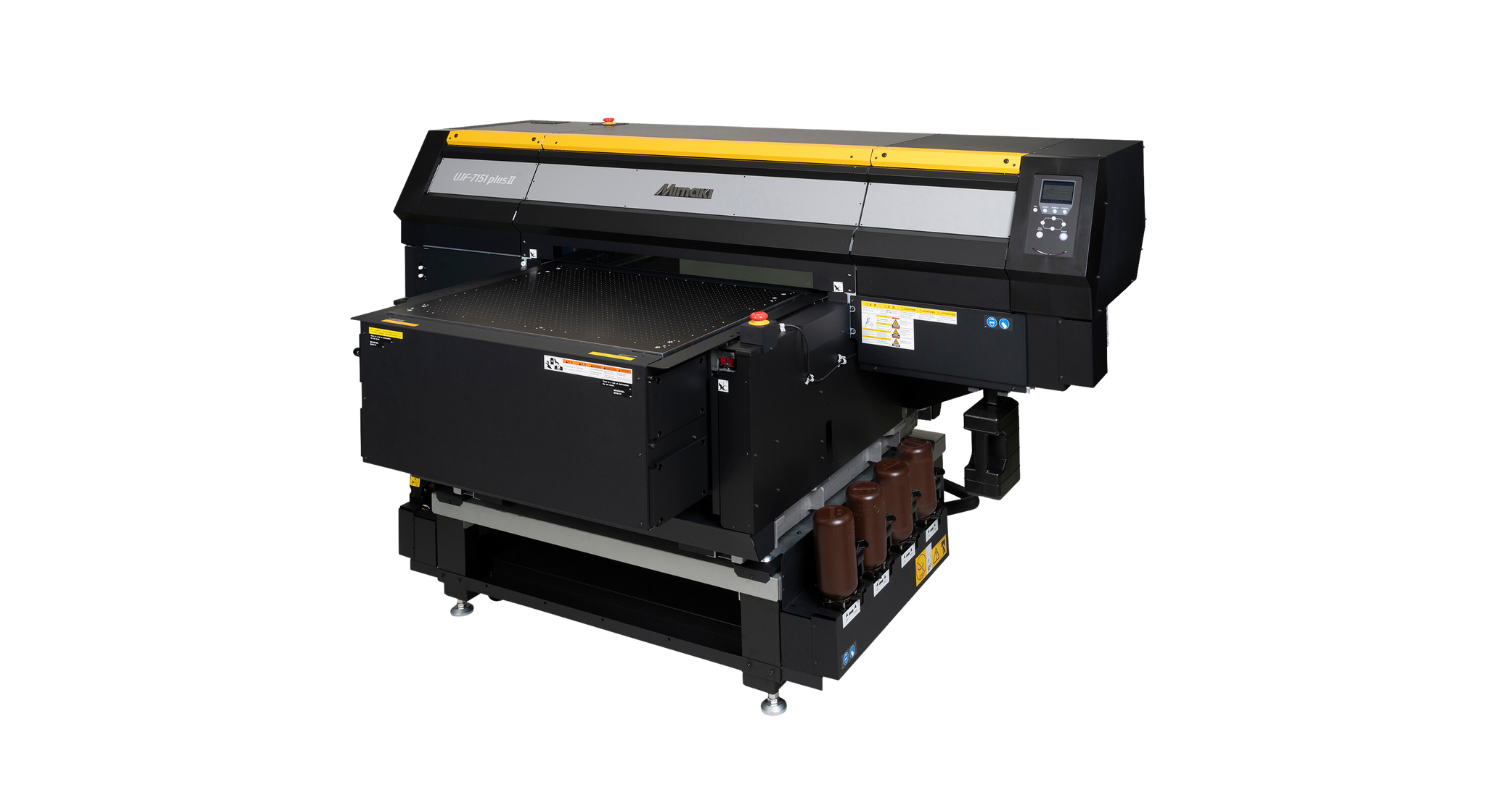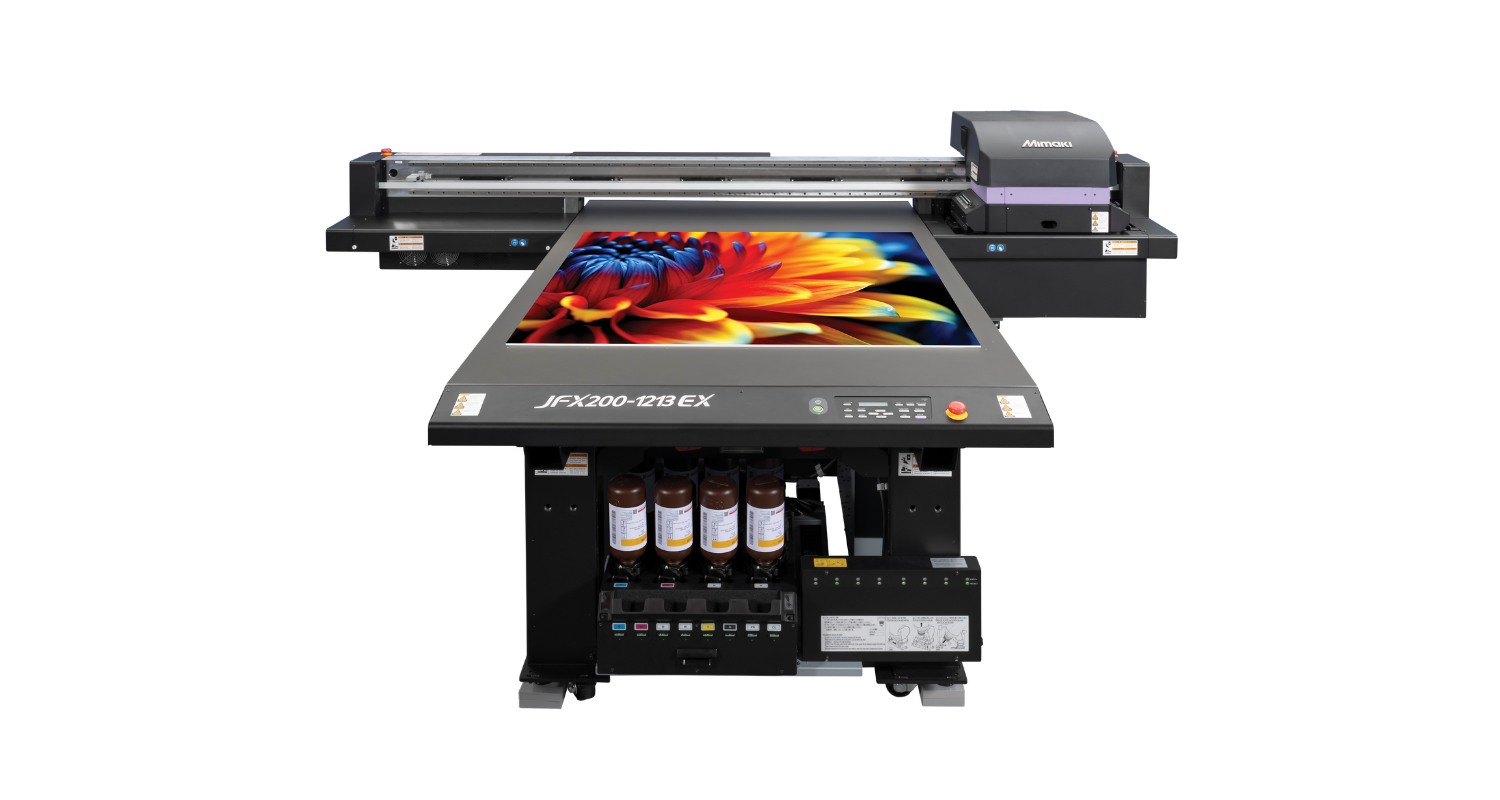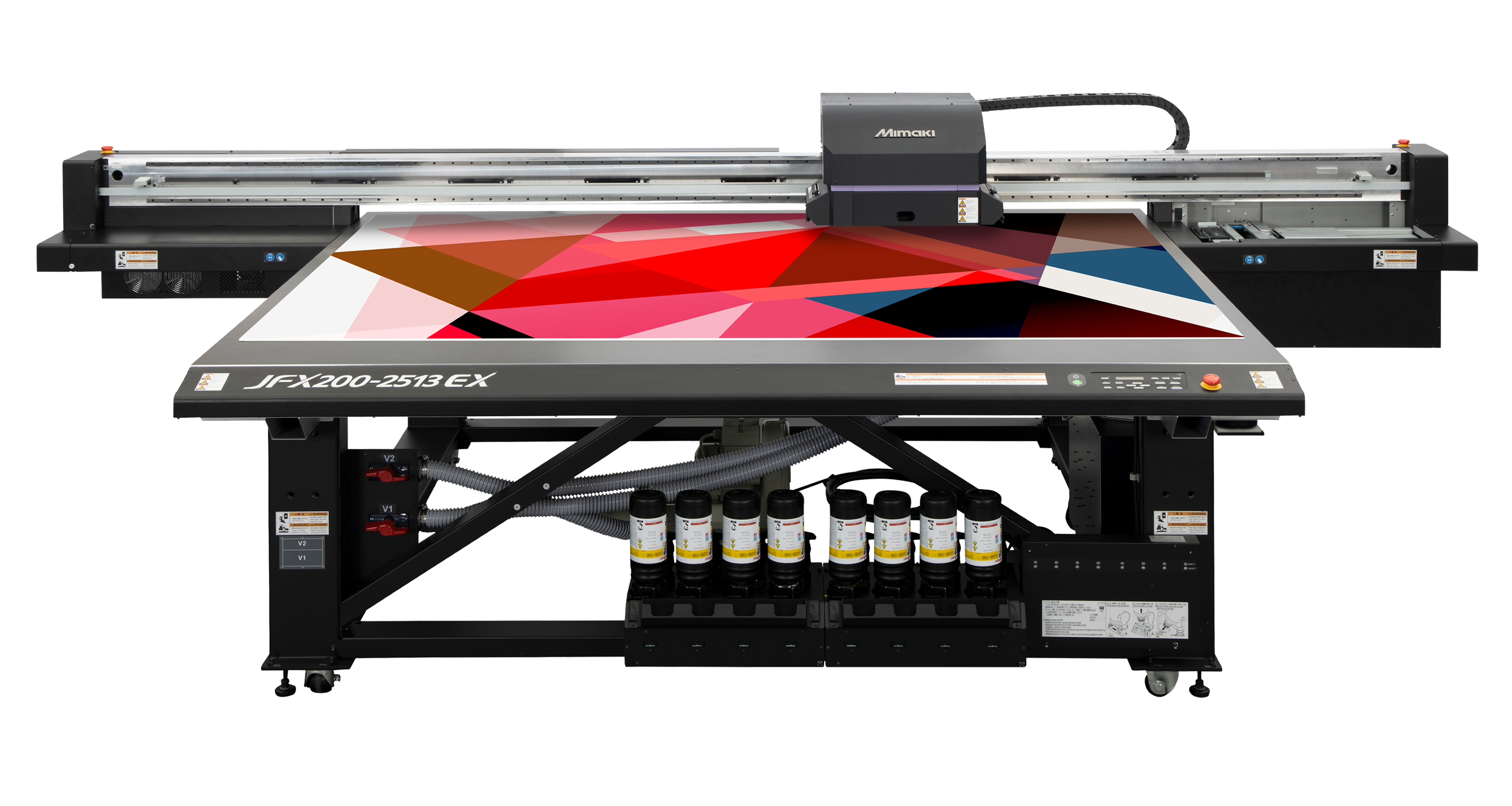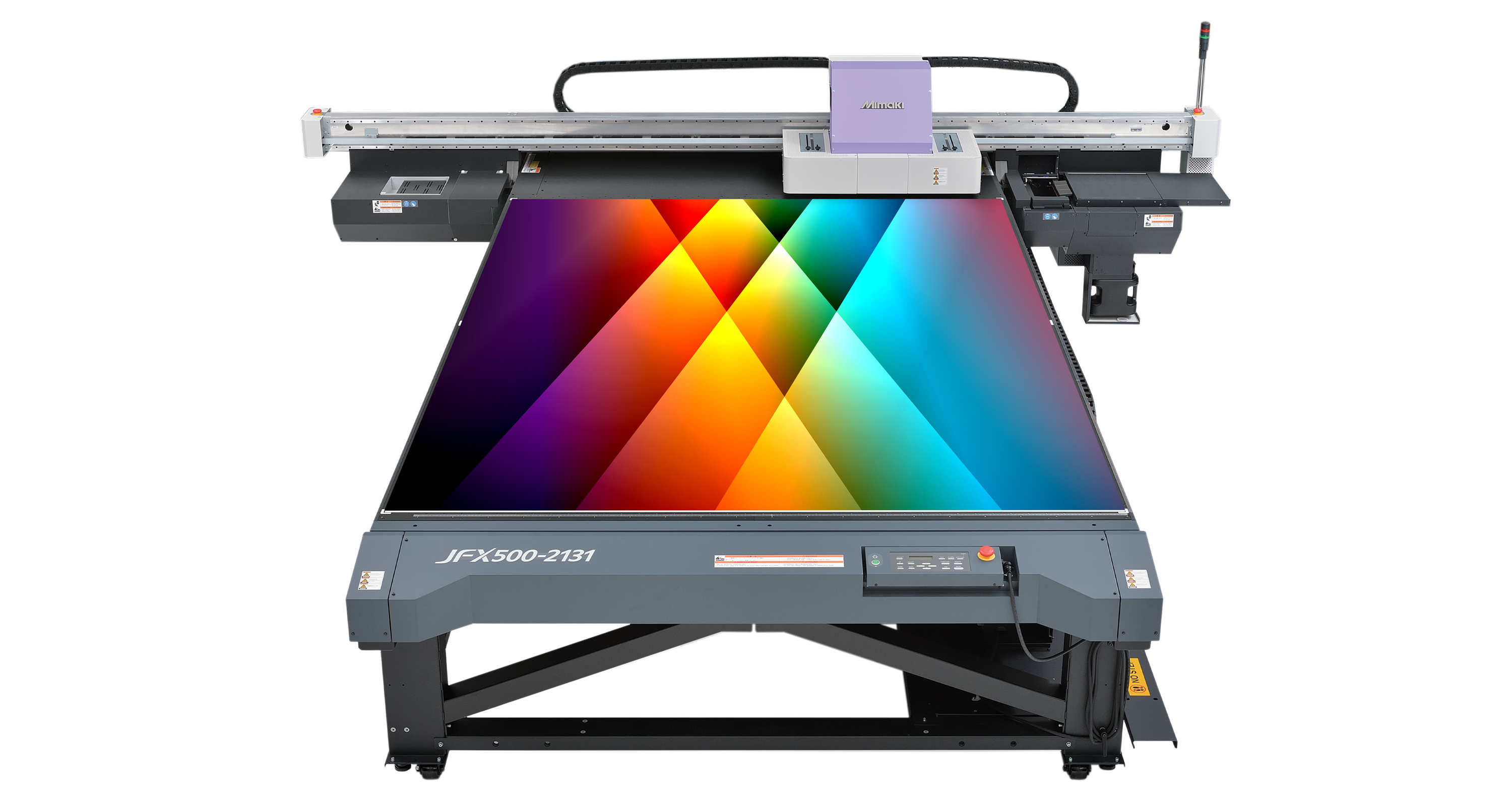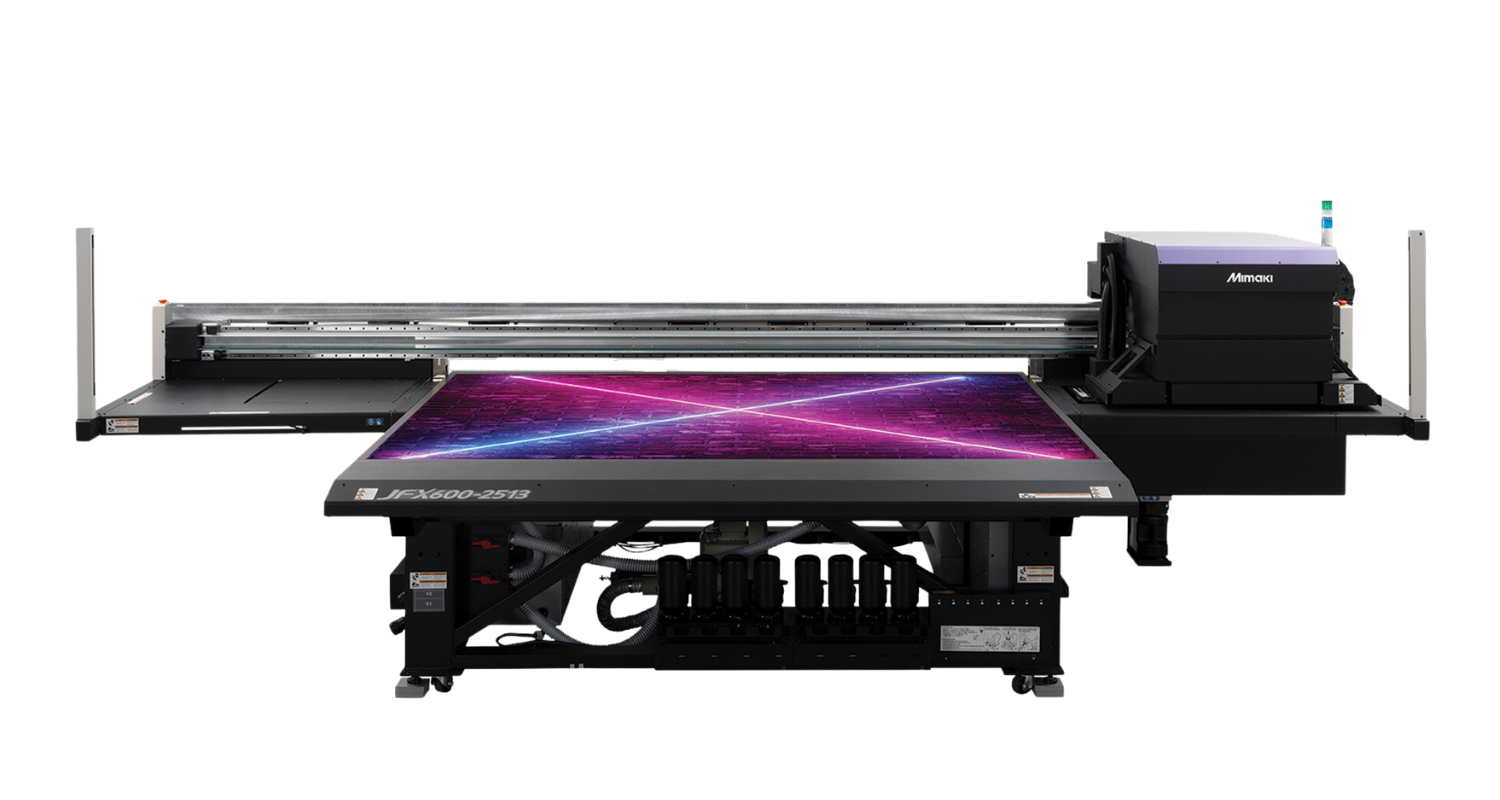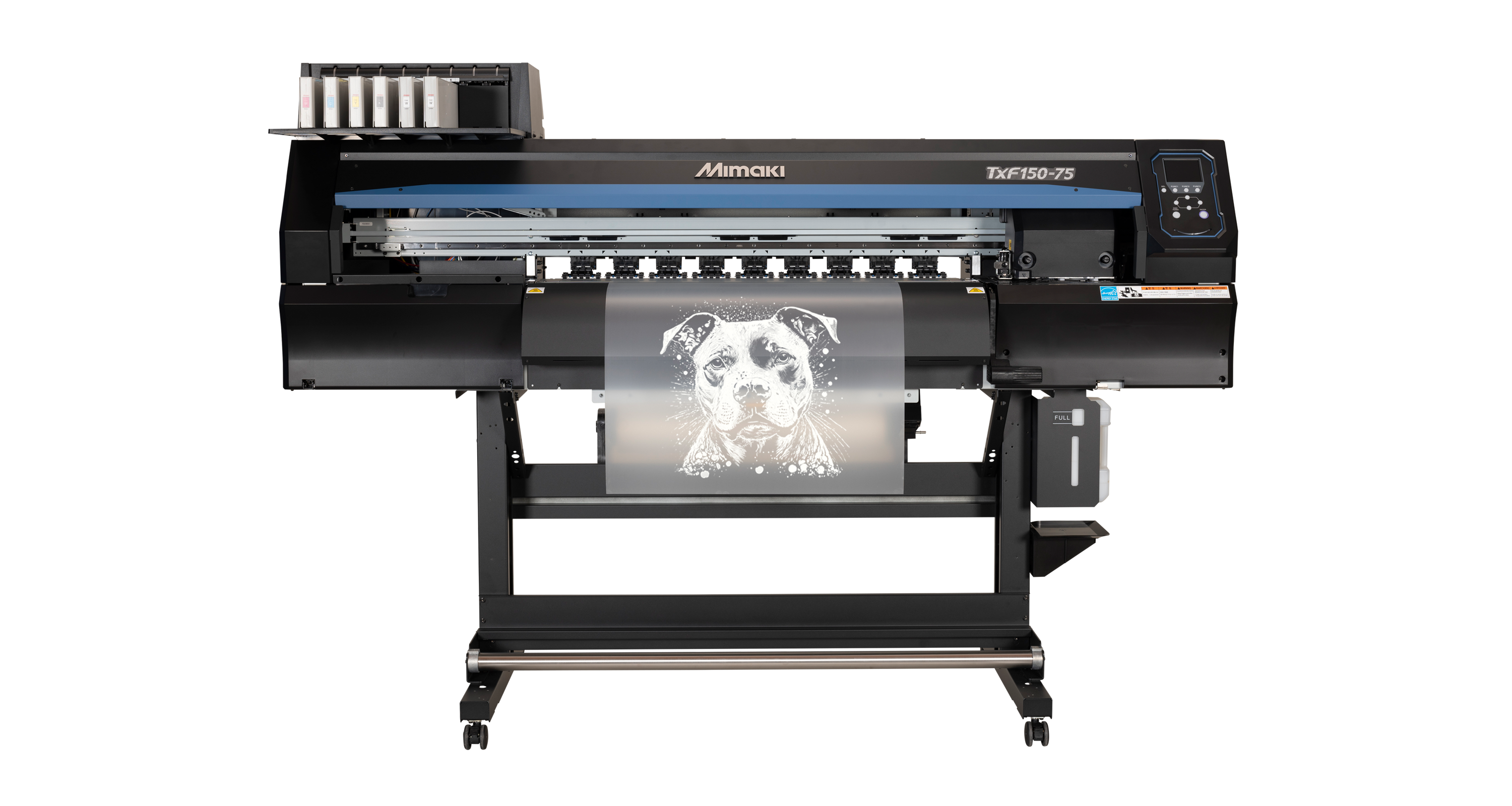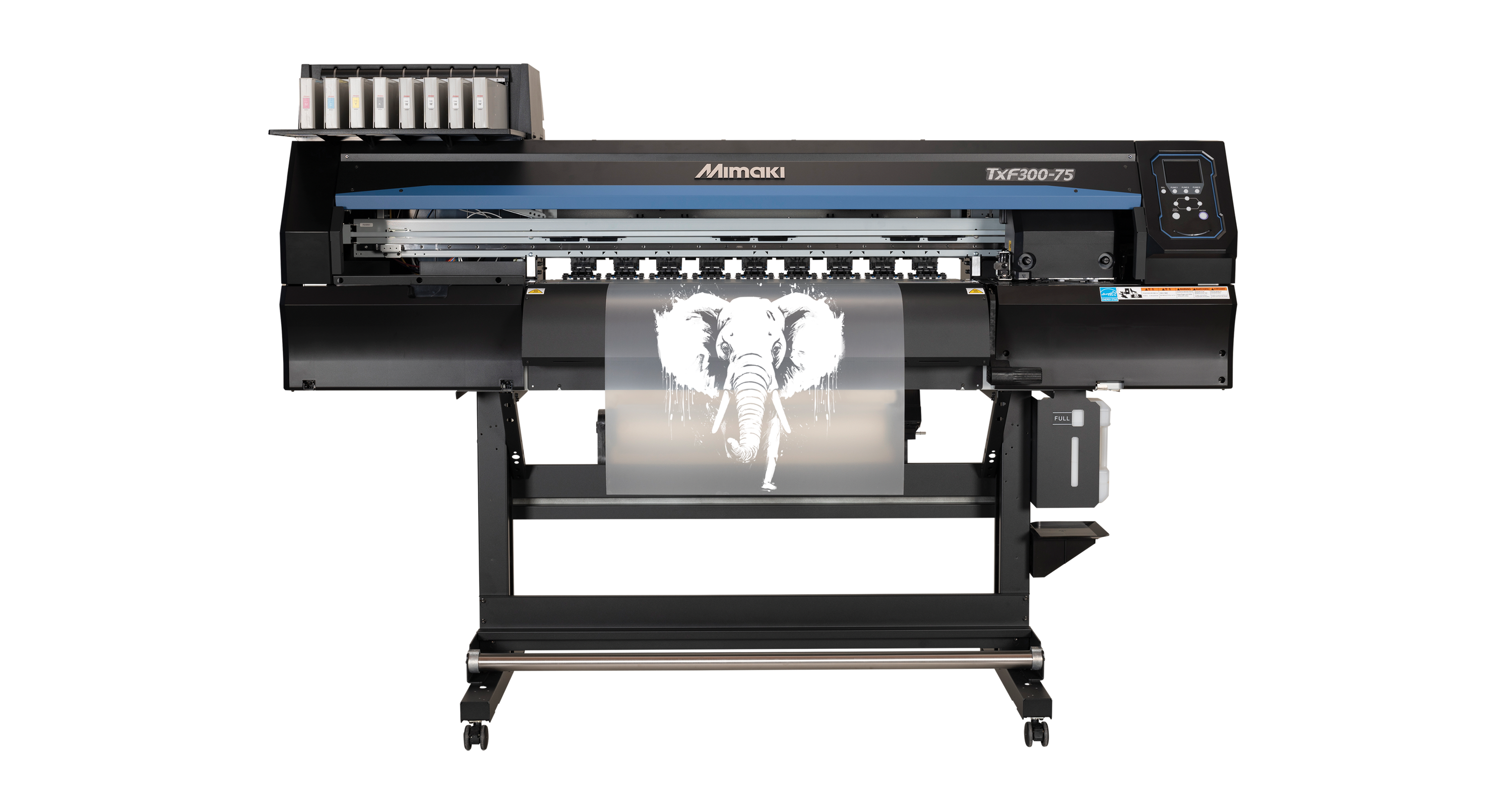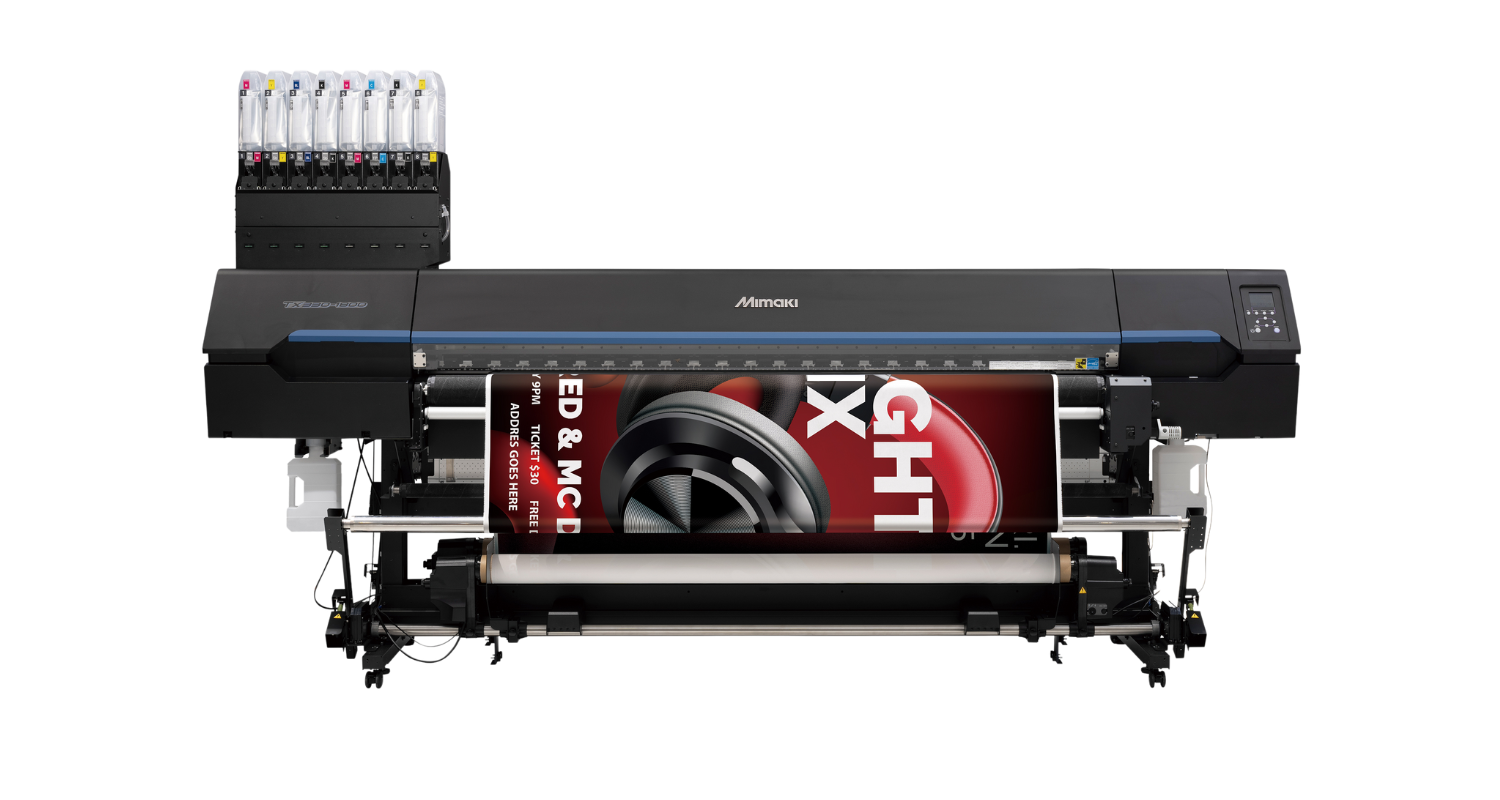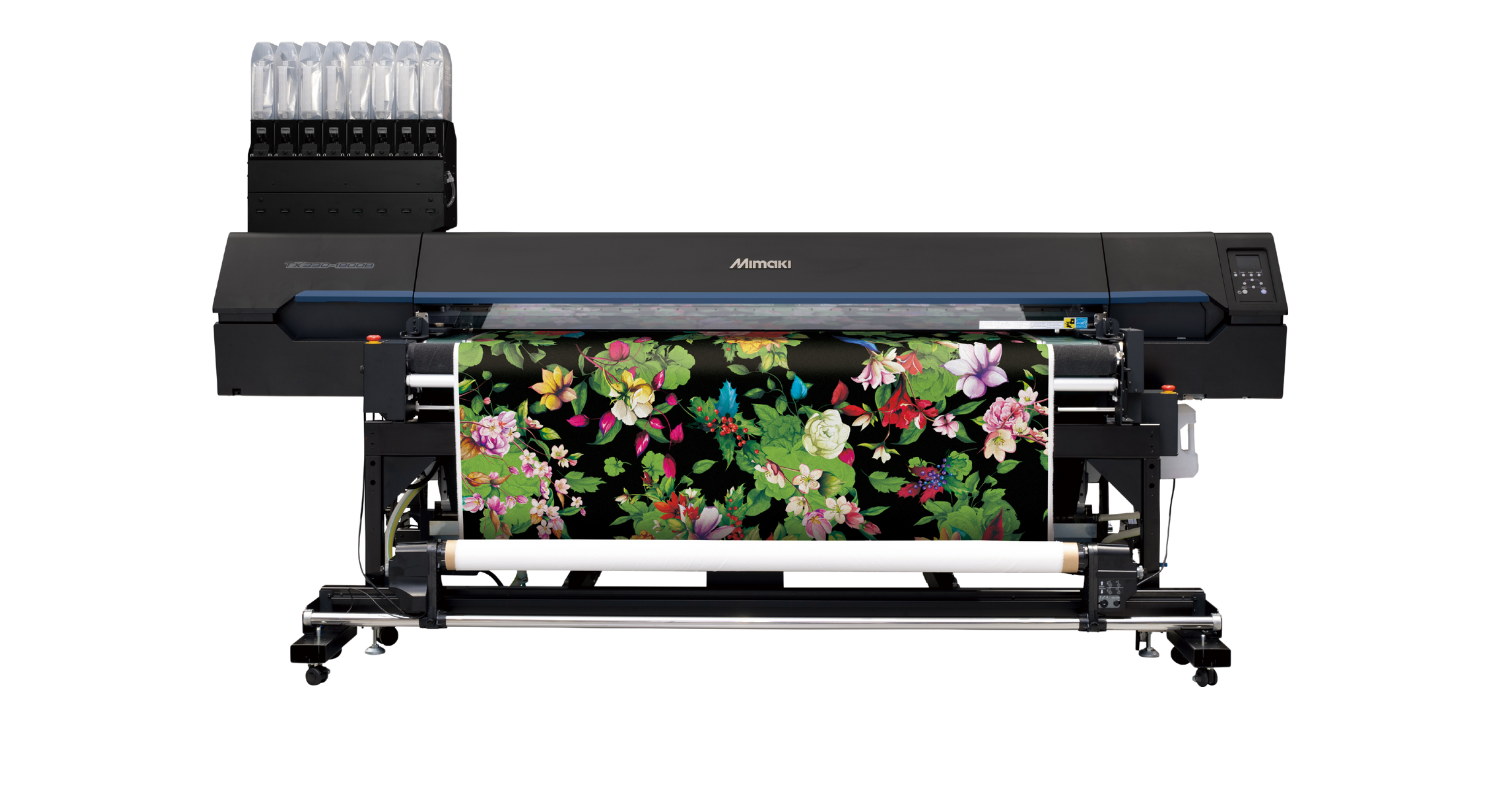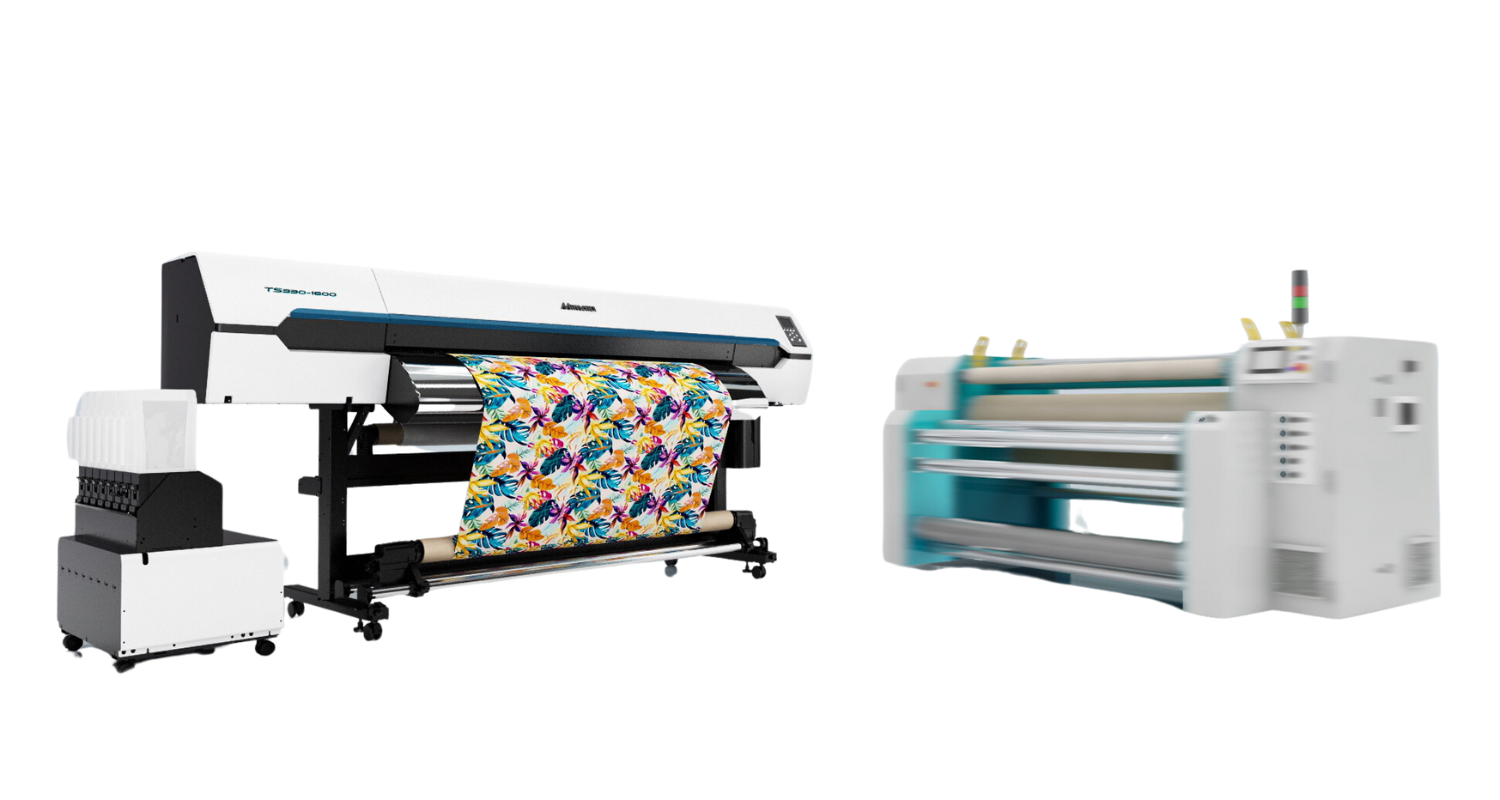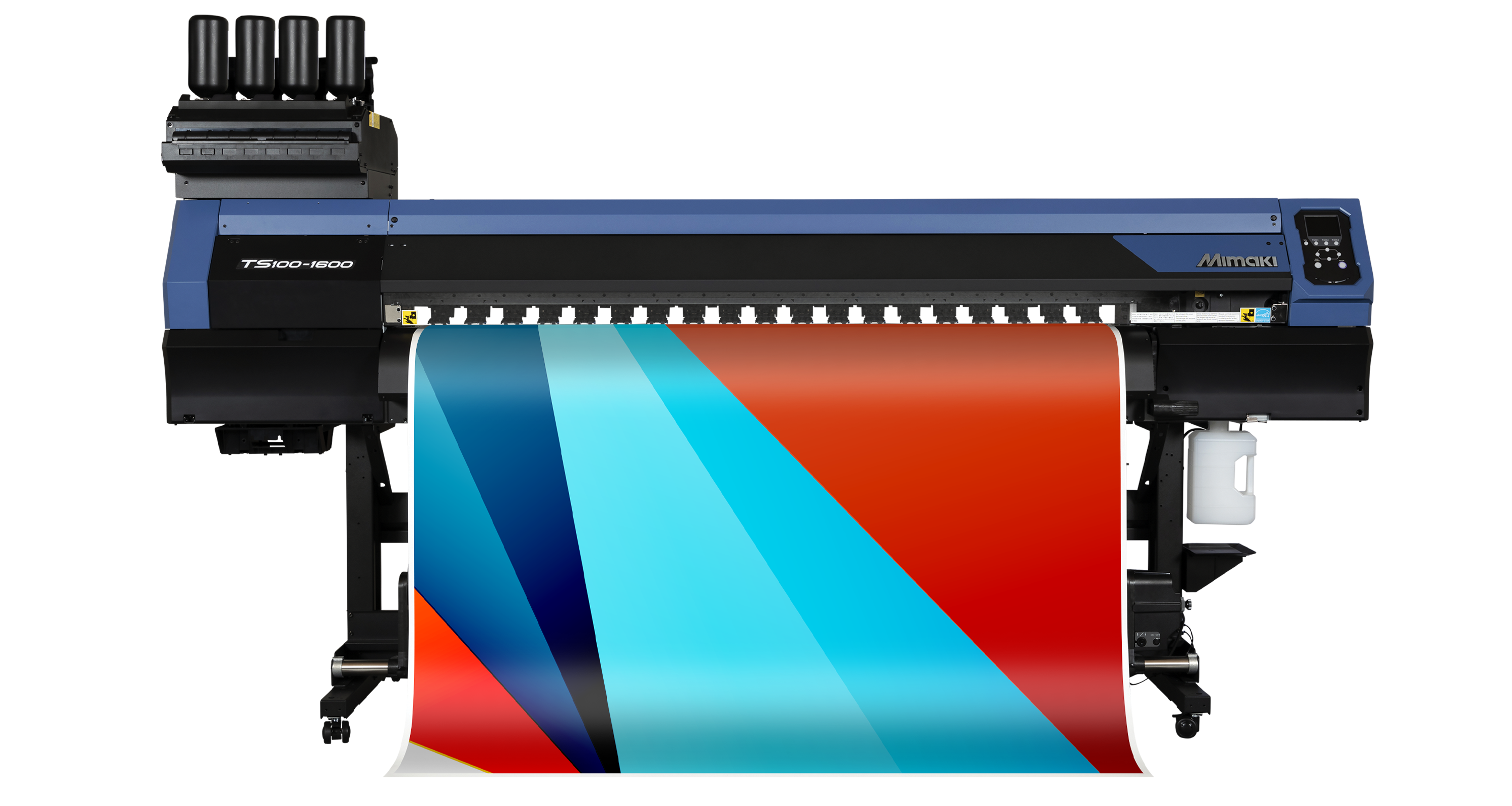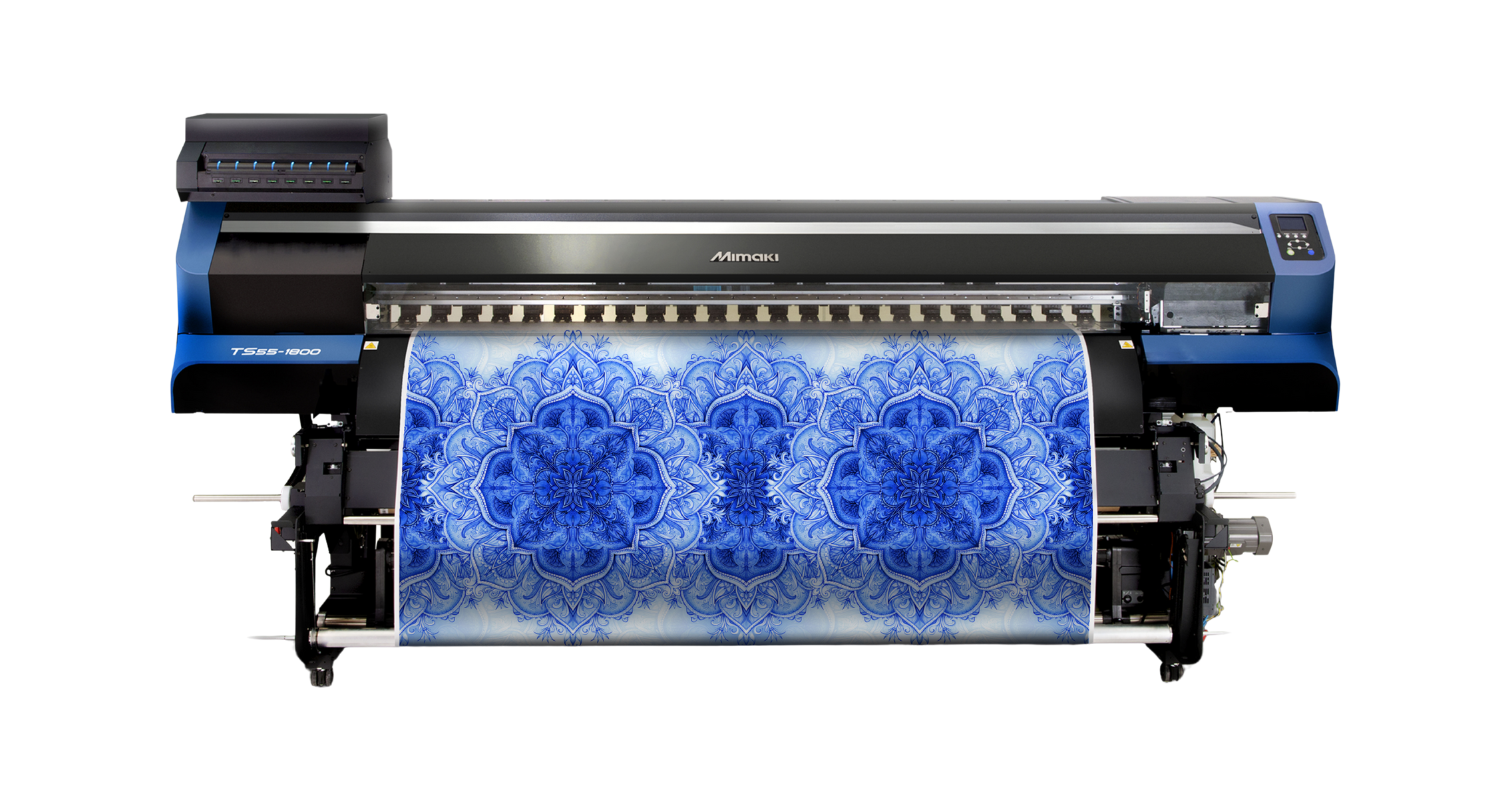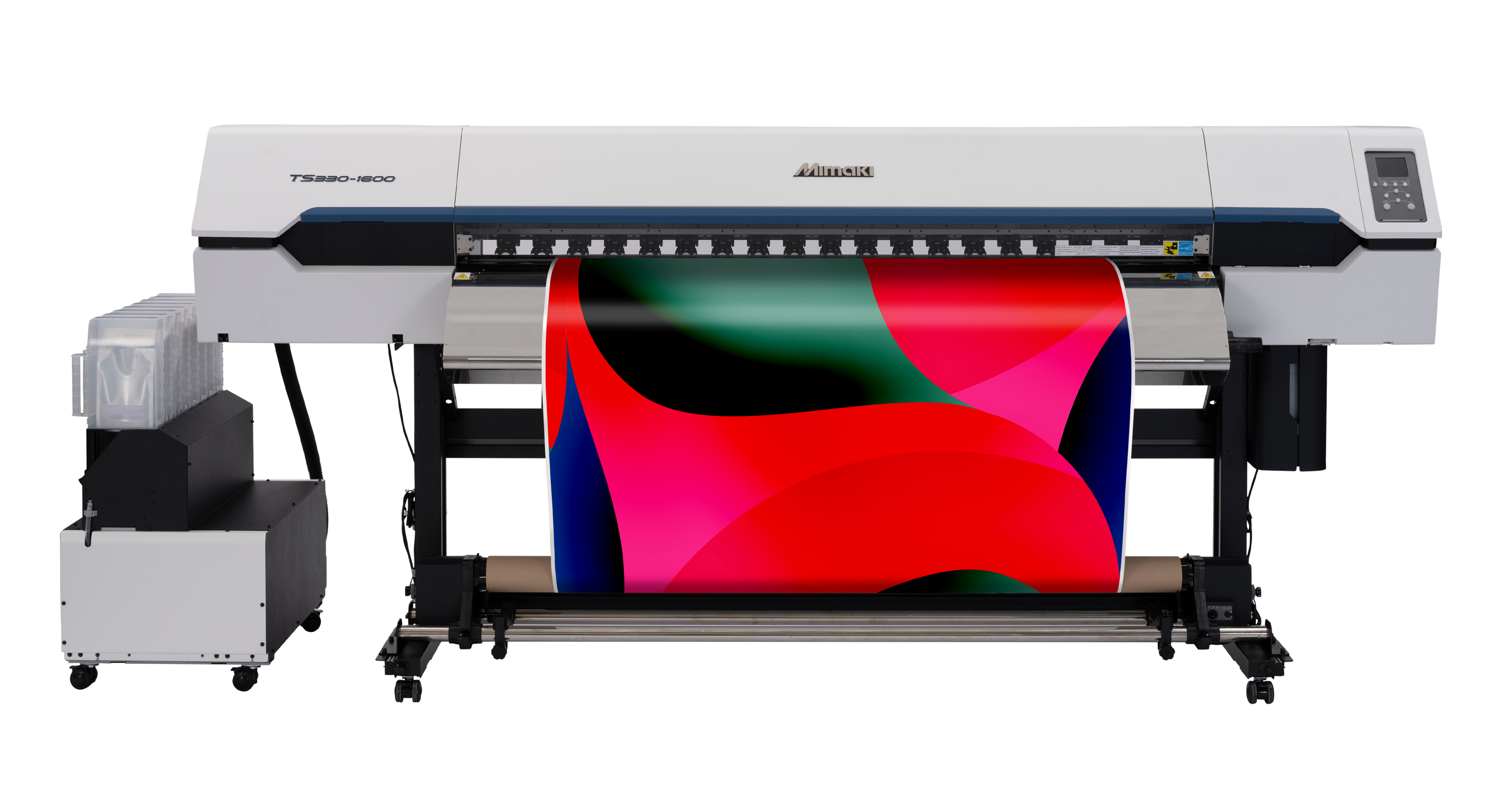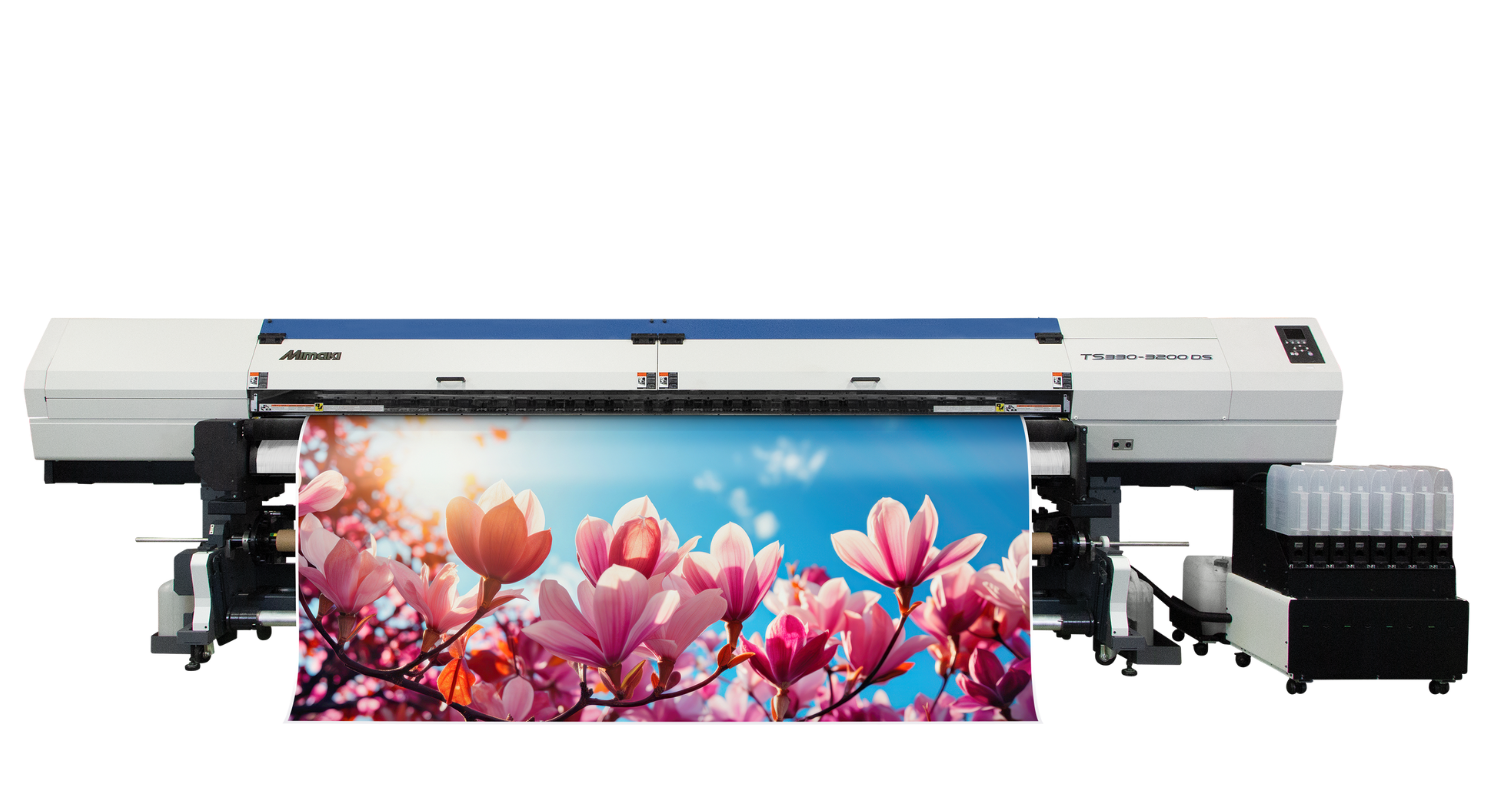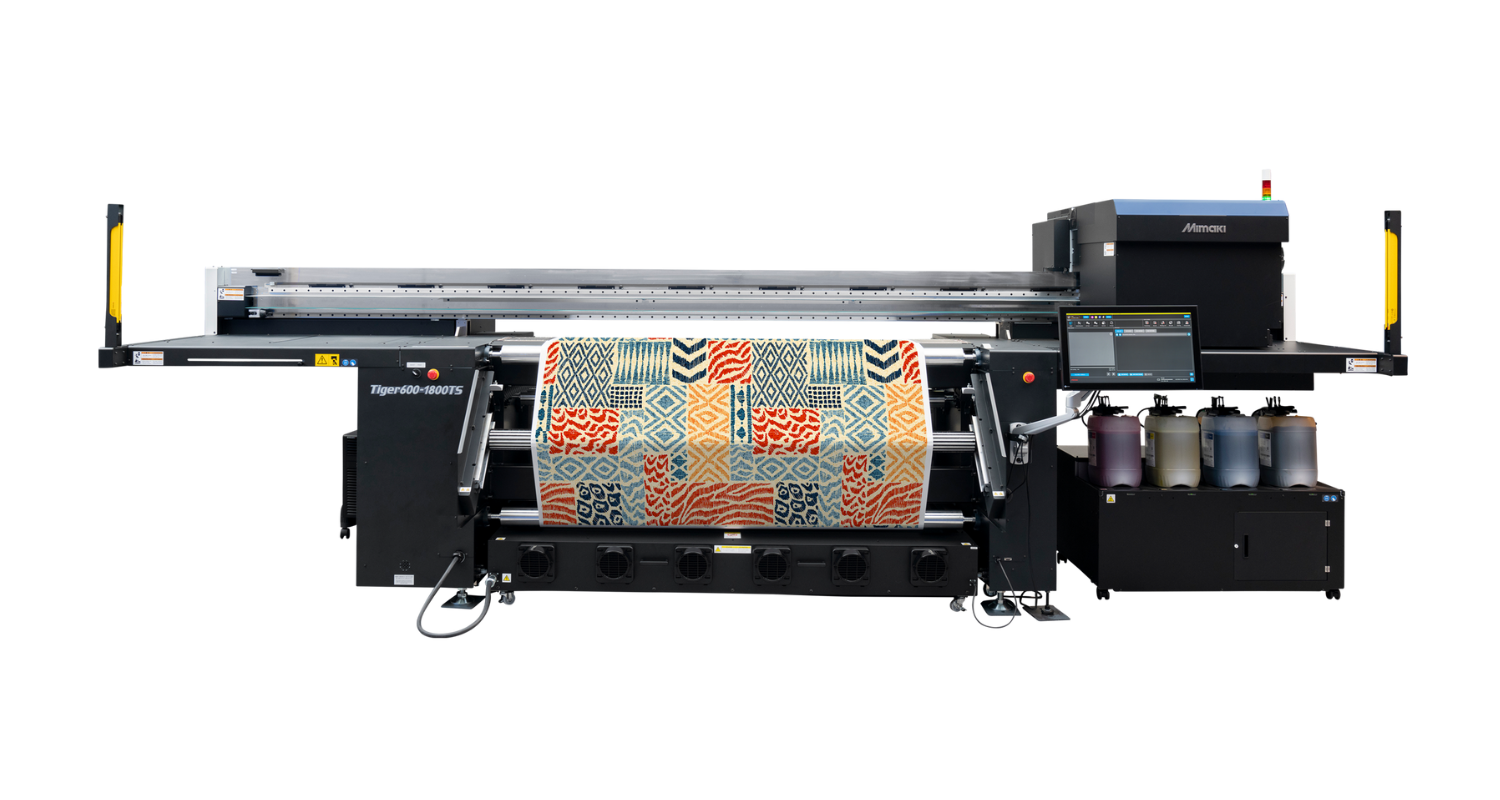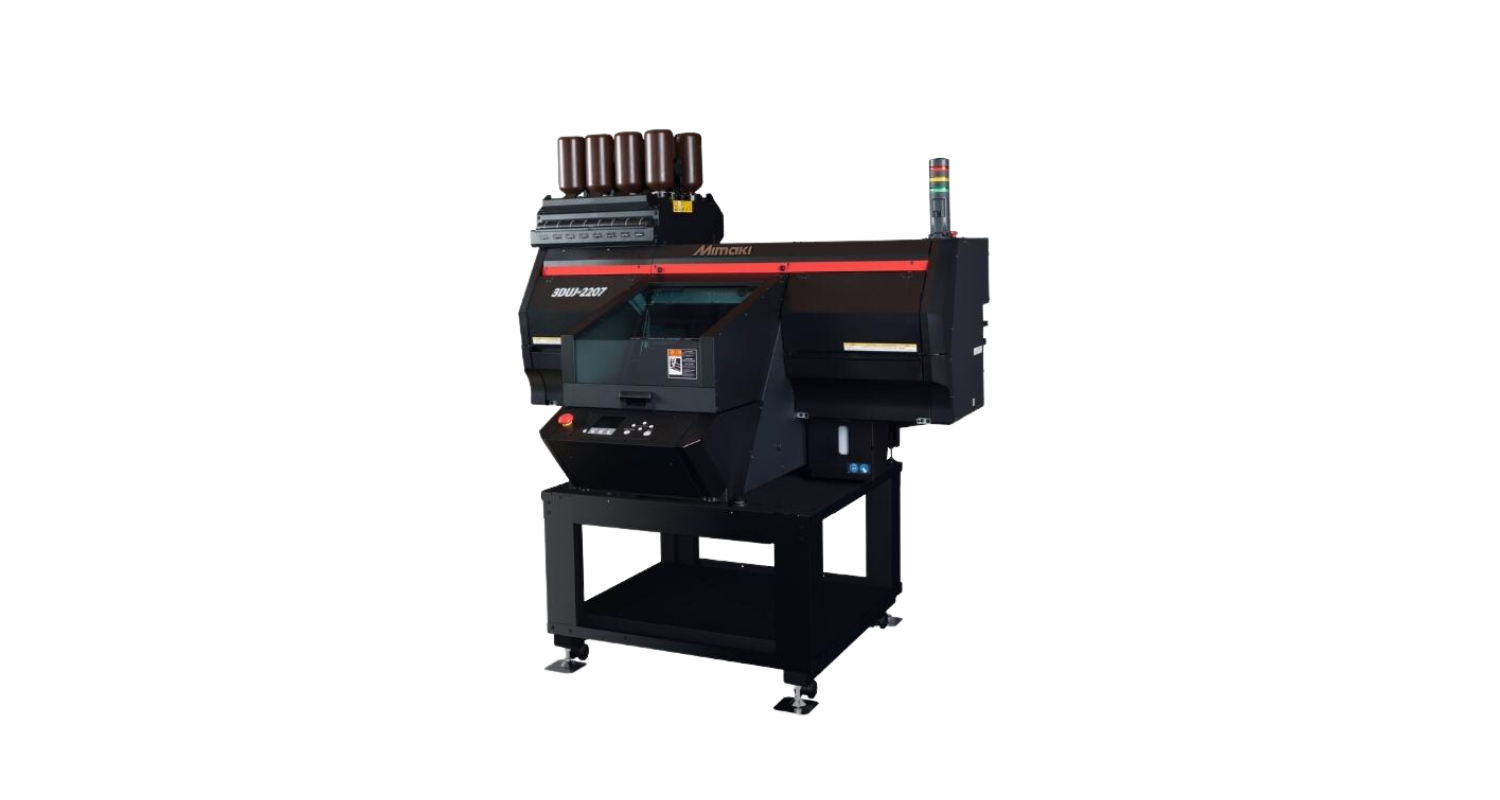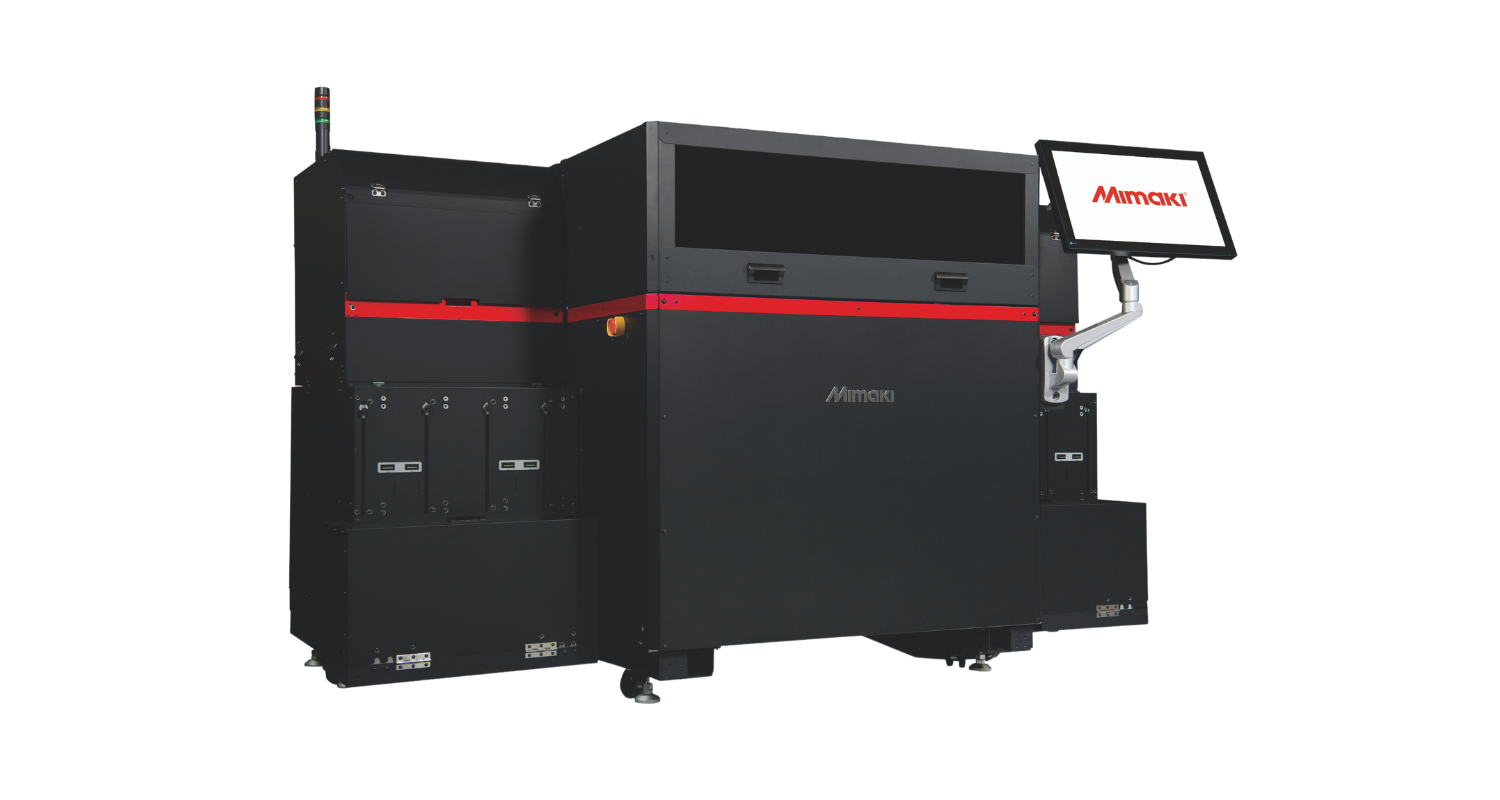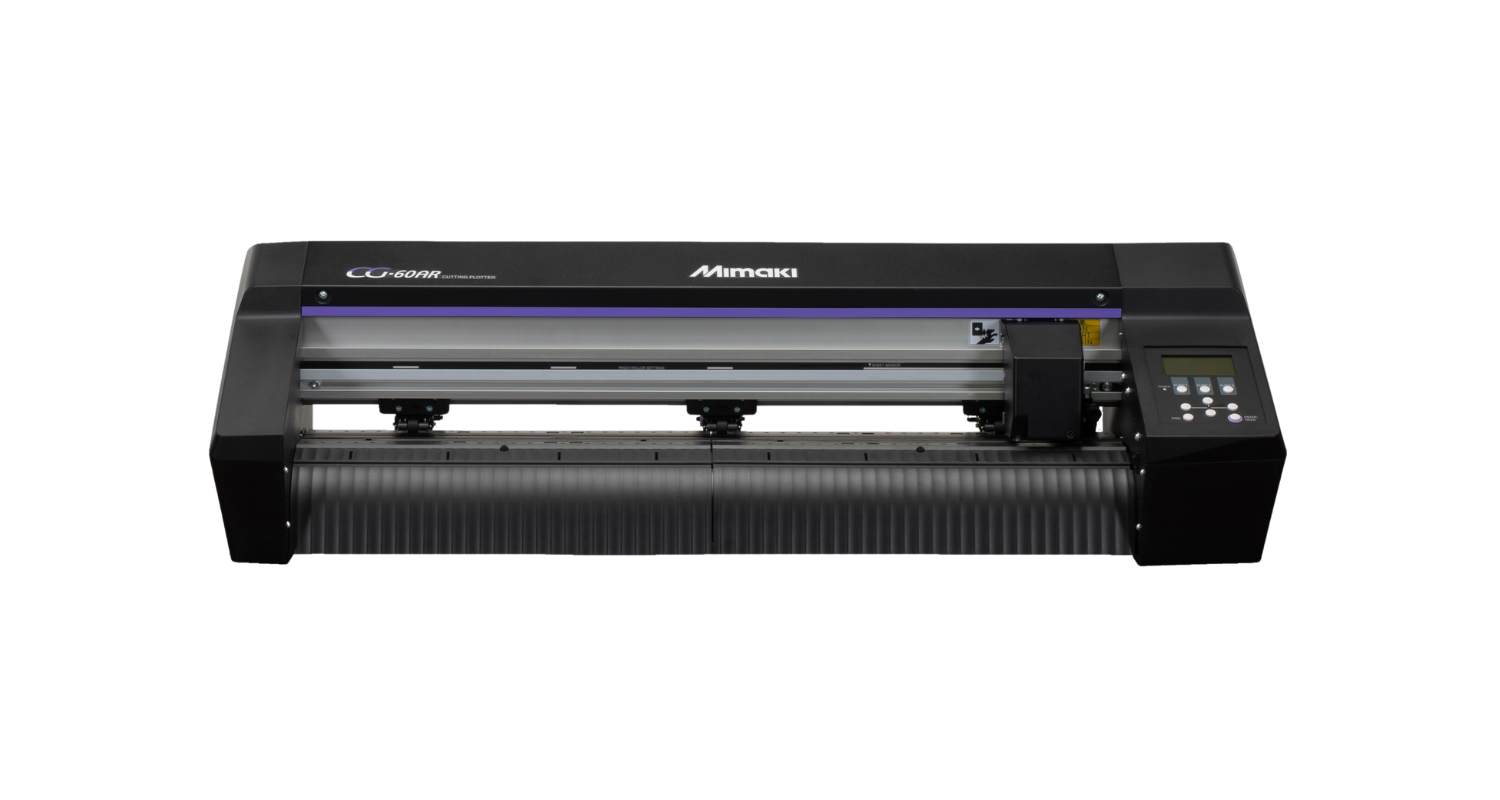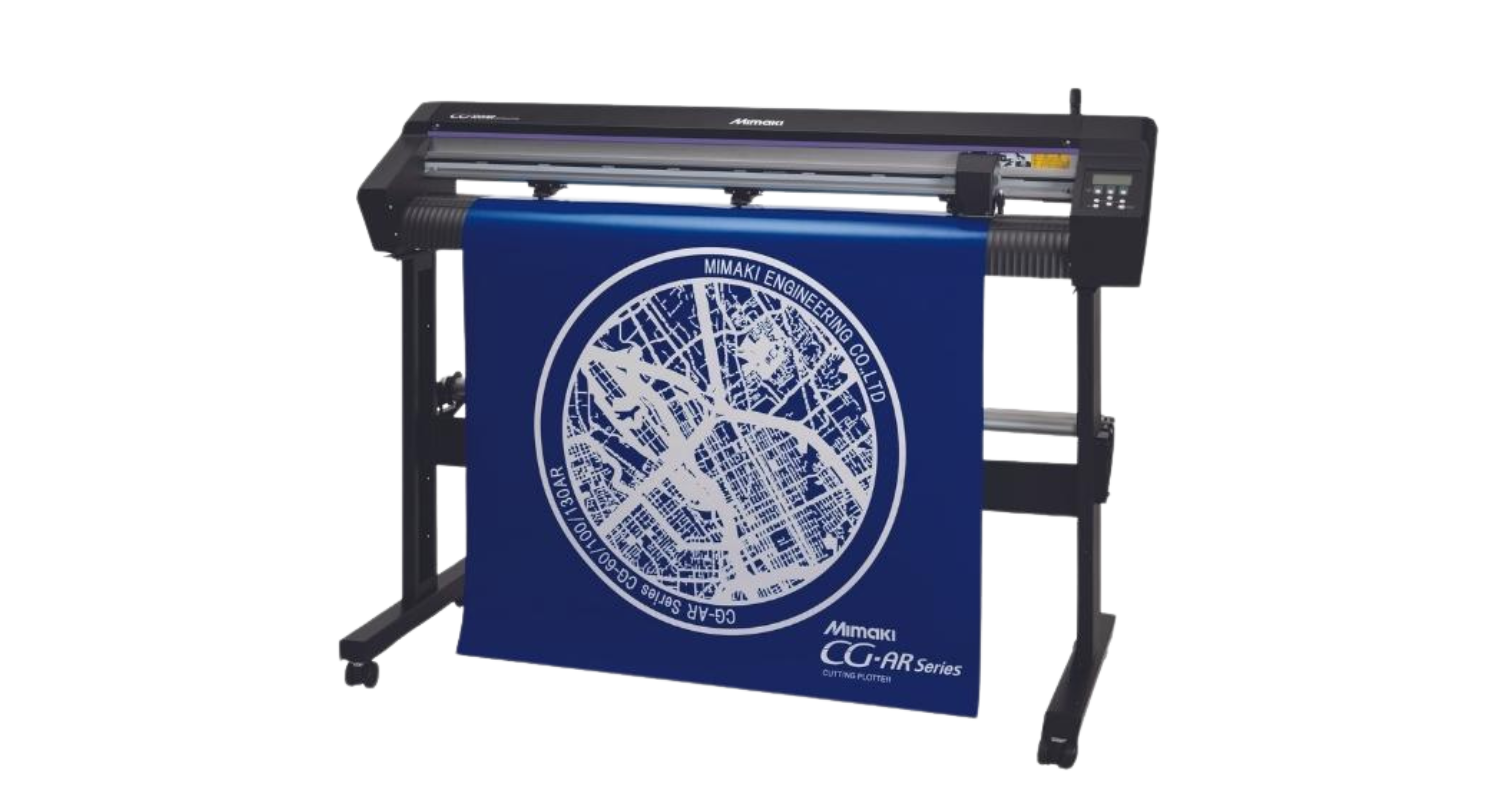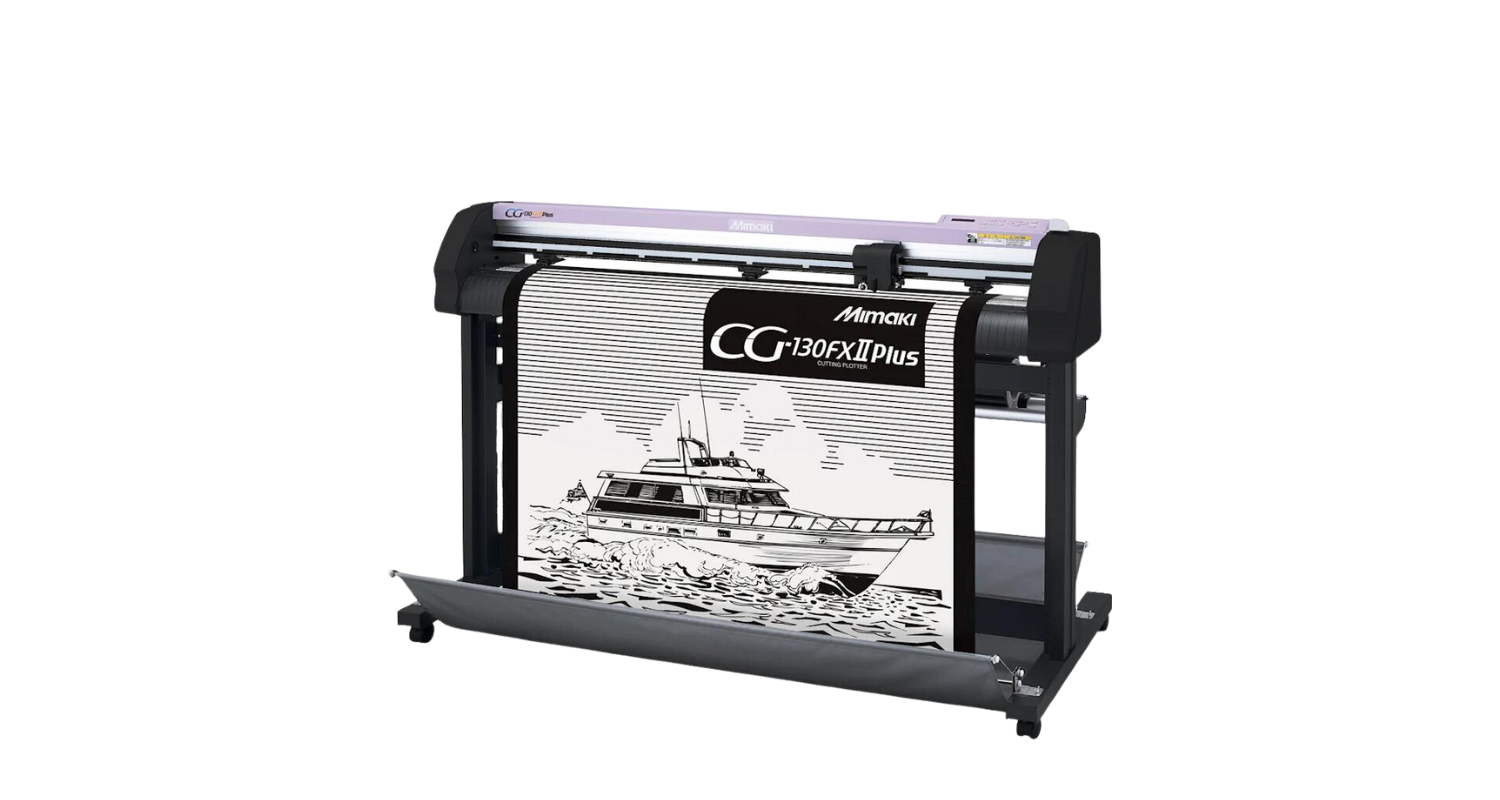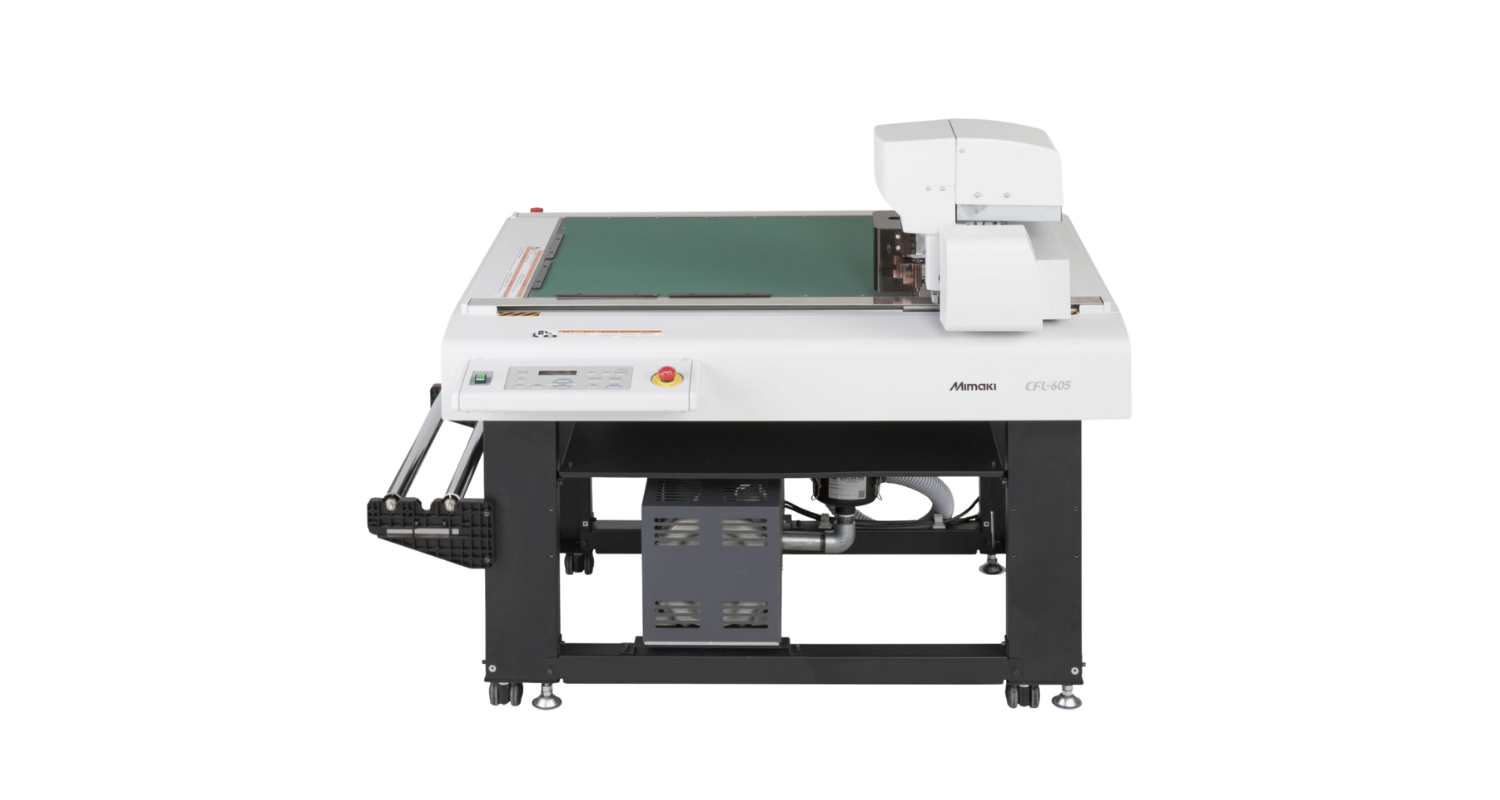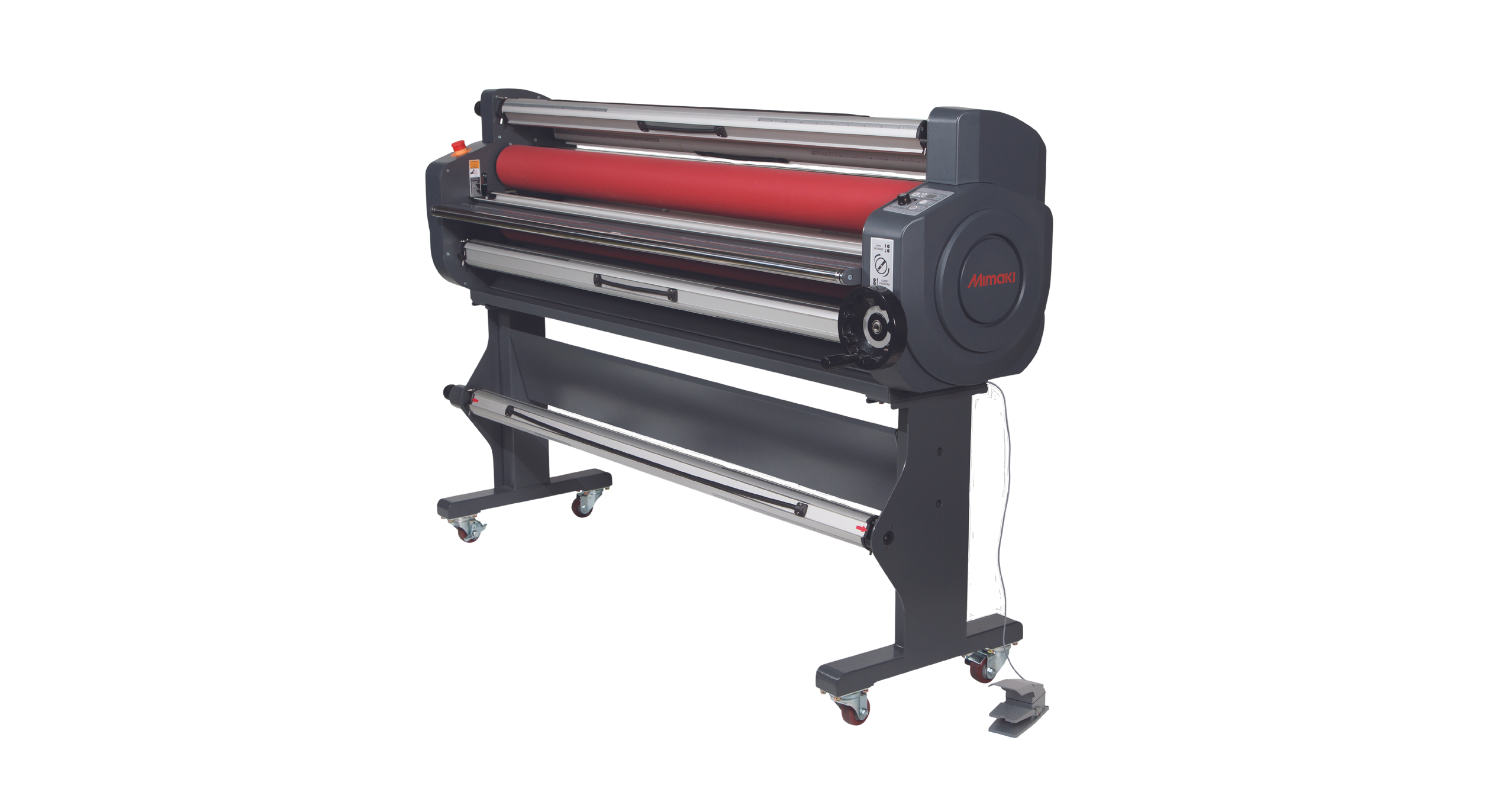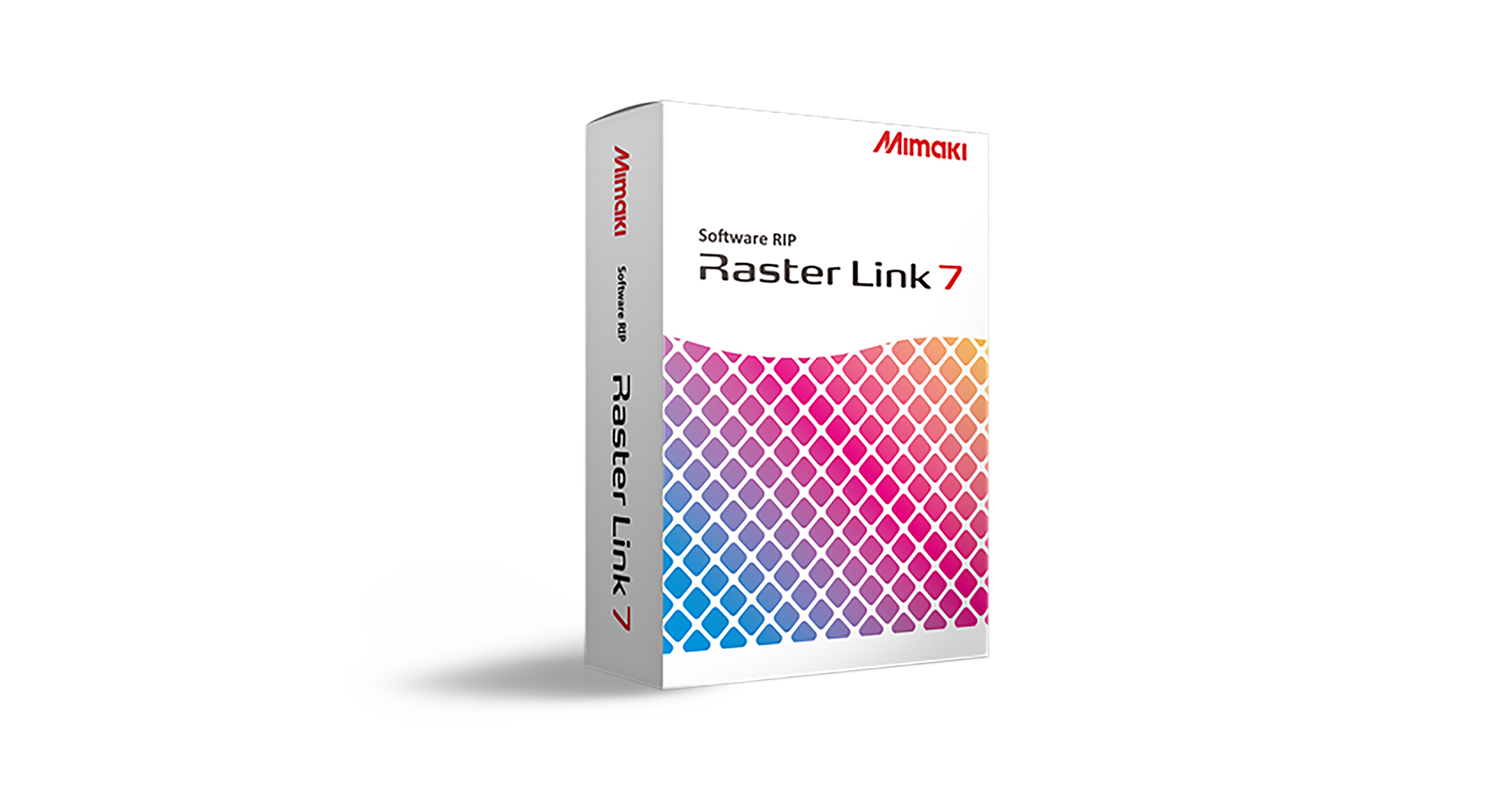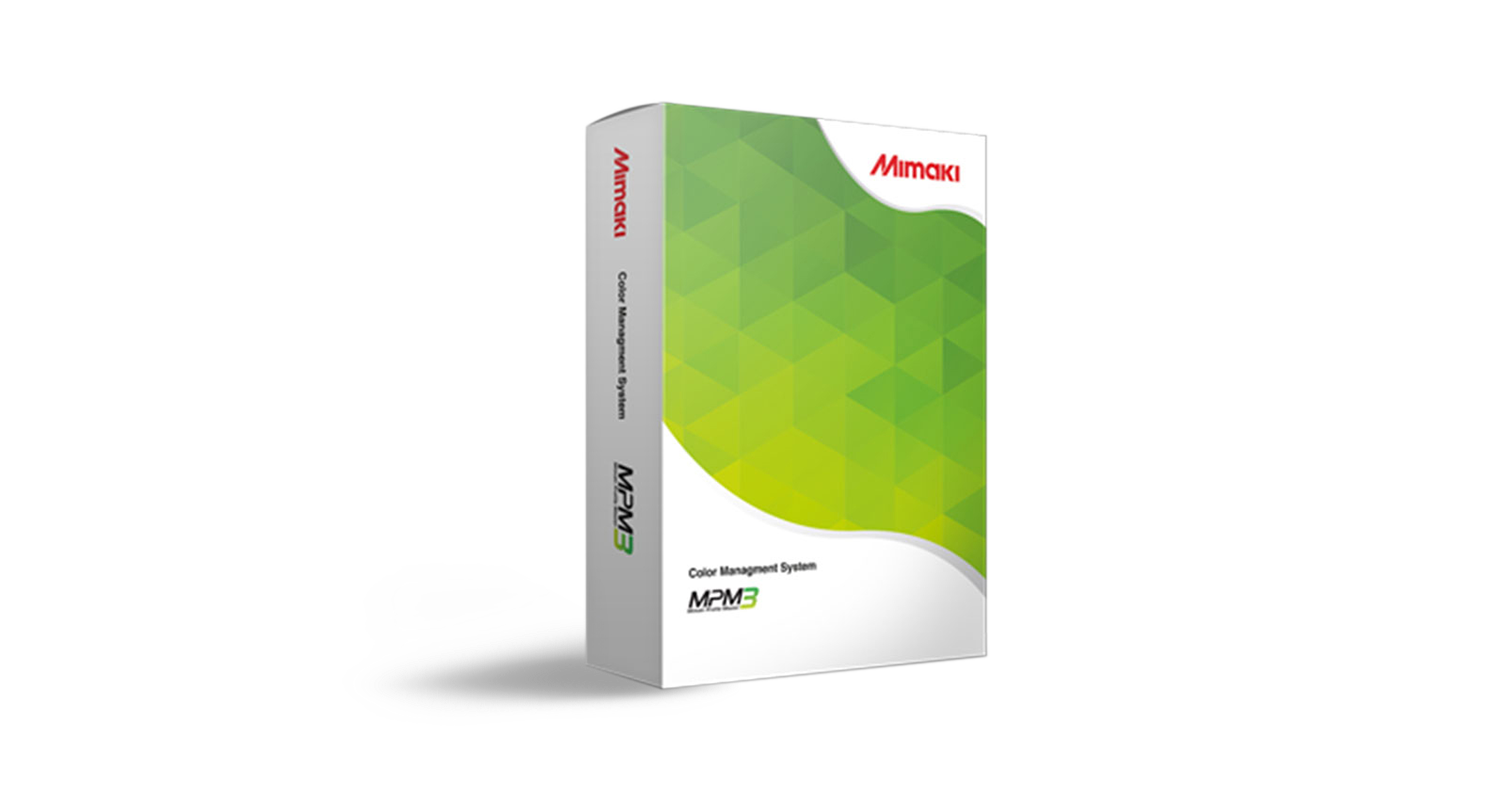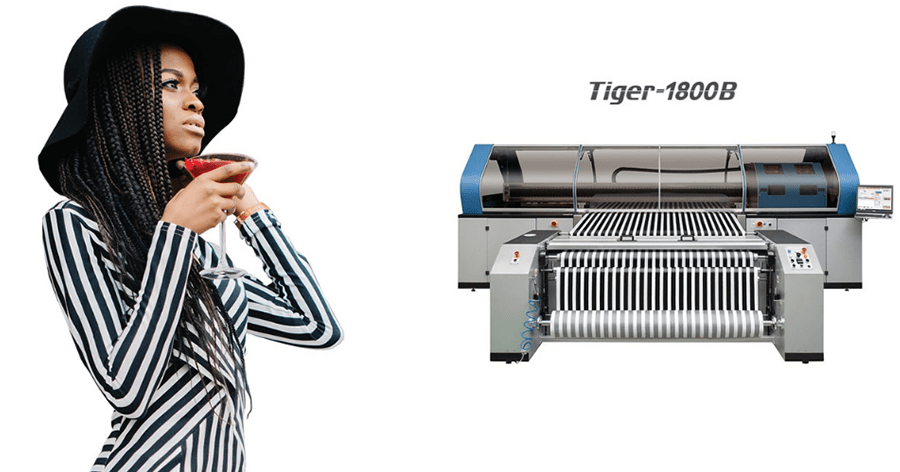Innovation and design at the core of the Mimaki Tiger-1800B MkII
Mimaki has long been synonymous with digital textile printing. It was back in 1998 when the company’s first digital textile printer – the Mimaki TX-1600S – was launched. Since then Mimaki has continued to innovate, enhancing its portfolio and capabilities even further in the digital textile printing industry. In fact, Mimaki has launched an abundance of ground-breaking new products and solutions, such as the JV5 in 2006 or the TS5, the first industrial printer that reached 30-40 linear meters/hour, in 2009, just to name a few. And now Mimaki is doing it again! Following the acquisition of Italian company La Meccanica, Mimaki launched the Tiger series, high-volume digital textile printing systems. The latest model, the Mimaki Tiger-1800B MkII, is yet again revolutionising the textile printing market.
What’s new with the Tiger-1800B MkII?
Take Mimaki’s Japanese expertise in electronics and combine it with La Meccanica’s know-how in building solid and robust printer bodies with made-in-Italy design; there you have it: “The fusion of innovation and design”, which is exactly what Tiger-1800B MkII is all about. An evolution of the Tiger-1800B, launched in 2016, the latest model – available both in heat transfer sublimation and direct-to-textile configurations – features a number of pioneering Mimaki core technologies that enhance its performance in terms of both print quality and productivity.
It’s worth mentioning MAPS (Mimaki Advanced Pass System), an anti-pass banding feature. MAPS is based on a unique algorithm that calculates the most effective way of jetting the ink drops between passes, changing constantly depending on colour, density and print speed. This capability of continuously adjusting the parameters of the jetting helps prevent visible banding without affecting the production speed: in fact on the Tiger-1800B MkII, MAPS can be activated even on one-pass printing.
So where the fashion and apparel industry is all about high standard design quality, MAPS is the perfect tool to get it. For further quality benefits the system is coupled with NRS (Nozzle Recovery System), a feature that enables the printer to switch any missing or damaged nozzles with working nozzles without stopping production and without affecting the final print quality. Not only is Mimaki the first company to equip a high volume digital textile printing system with such a unique technology, but it has also made NRS available for two-pass printing.
Other outstanding features
Quality and productivity have been key drivers for the enhancements to the Tiger-1800B MkII. The new model offers an additional high-quality mode, so that users can now get up to 1200×1200 dpi for extreme quality. The stability and consistency of print quality on all print conditions is guaranteed by Automatic Feed Control, a brand-new advanced software that ensures that all adjustments are set automatically when print conditions change. In addition, Mimaki has further improved the MCT (Mimaki Circulation Technology), the ink circulation system – including the ink tanks –and the degassing units in order to get a higher print uptime and a significant reduction in cleaning frequency. The cleaning station has also been boosted: like the Tiger-1800B, the new printing system is equipped with individual wipers for each printhead, but it also displays a new wiper click system, which enables easier and quicker maintenance operations.
No details were missed by Mimaki. The Tiger-1800B MkII is run by TXLink 4, a proprietary software with improved functionalities worth exploring! Furthermore, with all the electronics, inks and software developed and provided by Mimaki, the company is a total solution provider. Meaning that customers only have to deal with one provider to get any assistance they need.
With the new Tiger-1800B MkII textile professionals can aim at engaging new business with different textile segments, namely fashion and apparel, sportswear and interior decoration; with two major benefits: they can count on a more efficient and cost-effective production process and also, they can offer optimum print quality.


